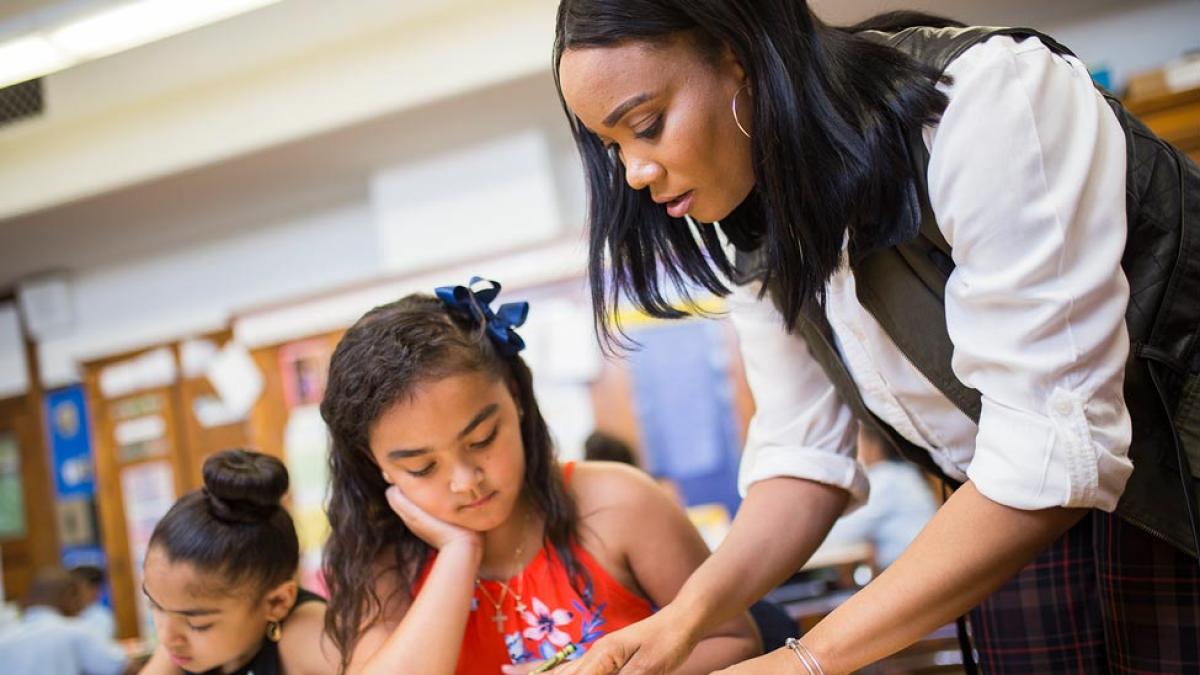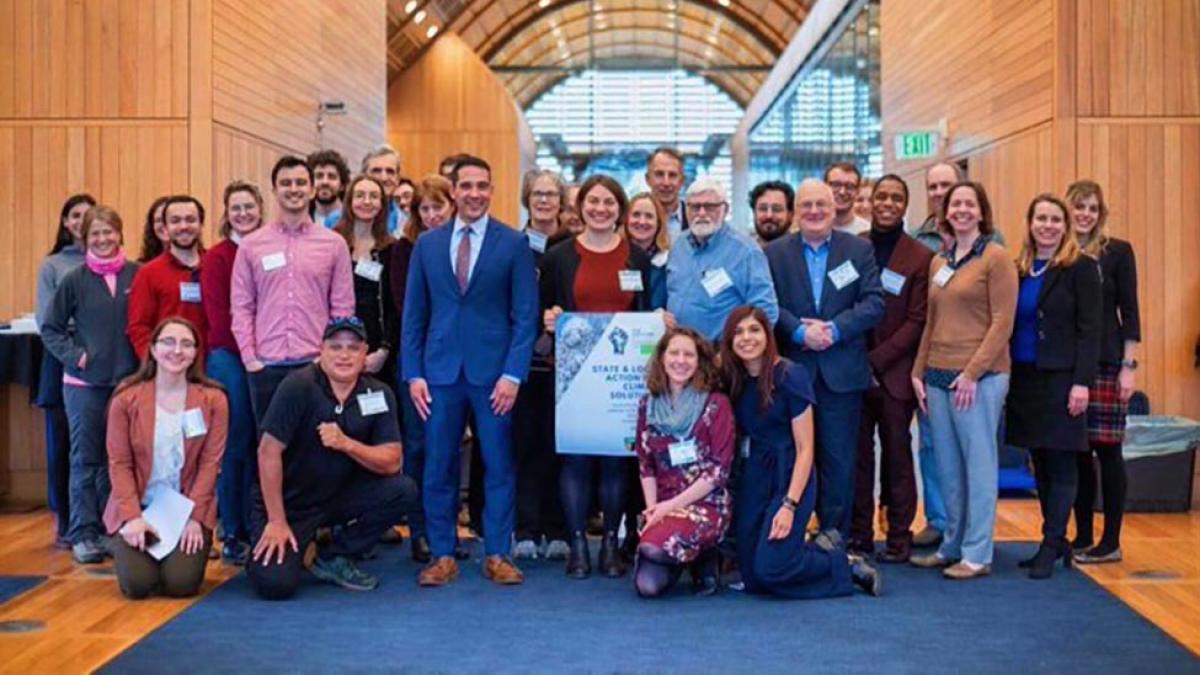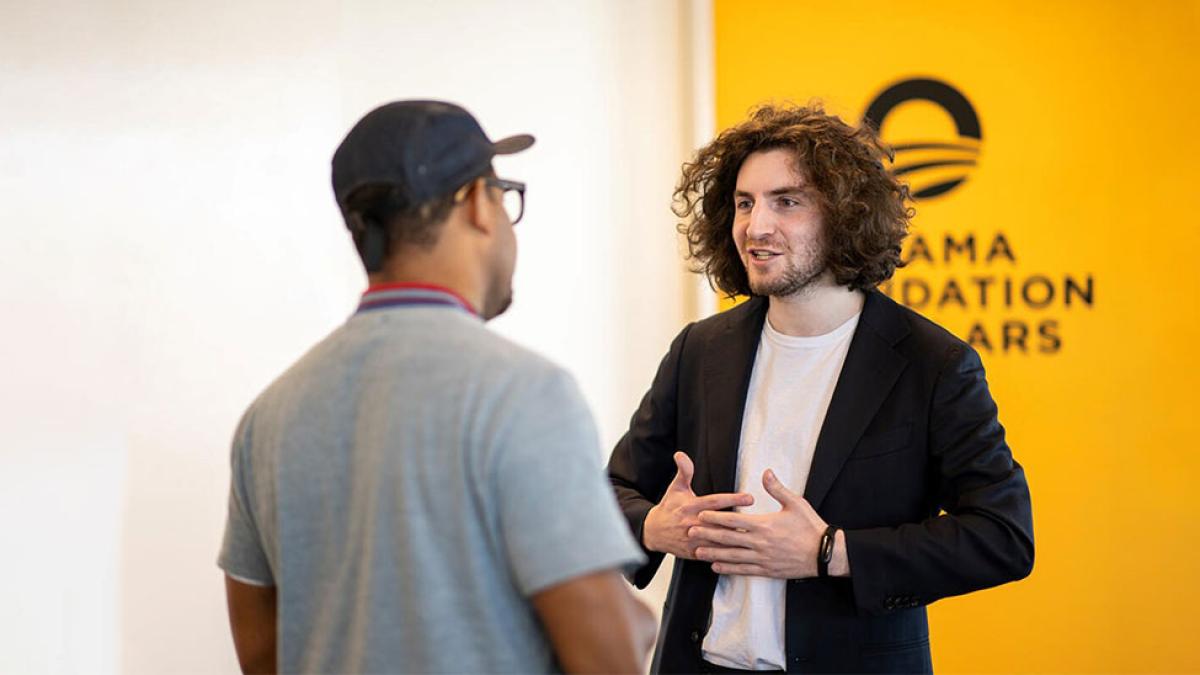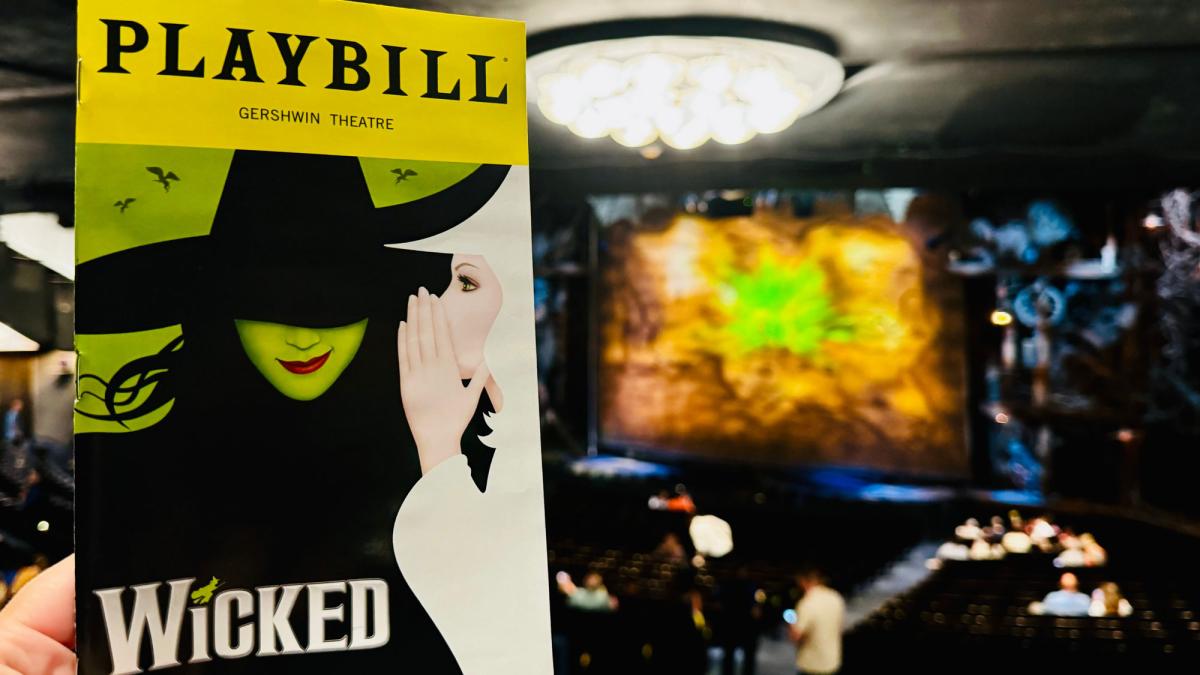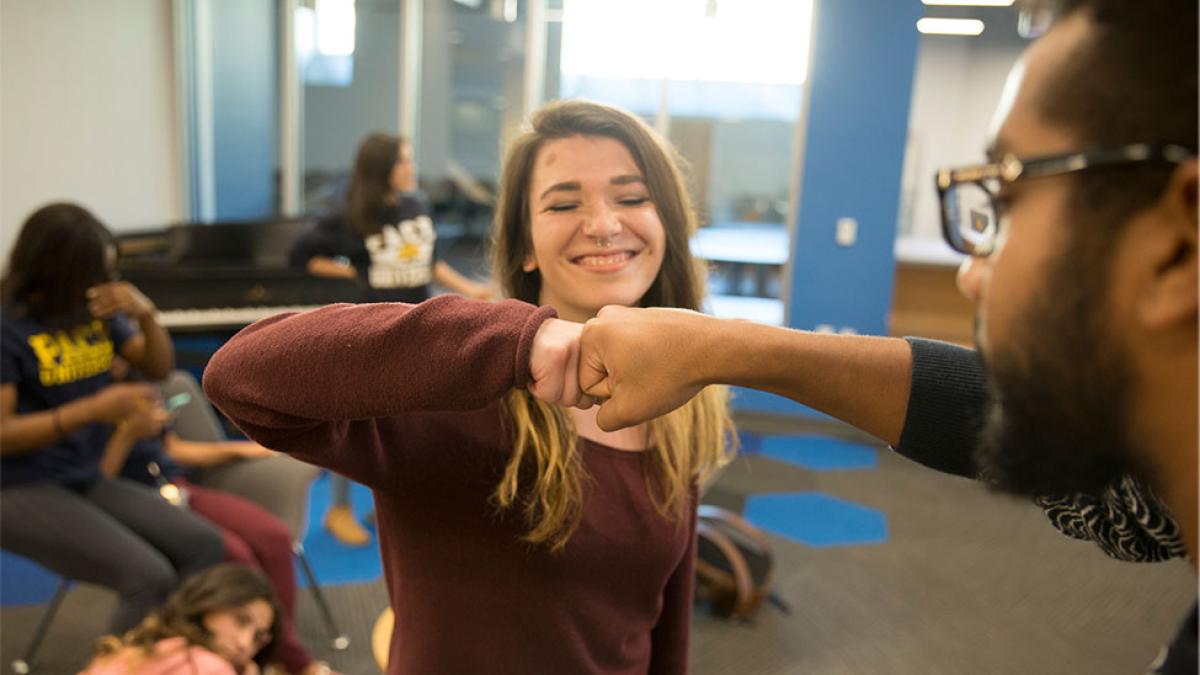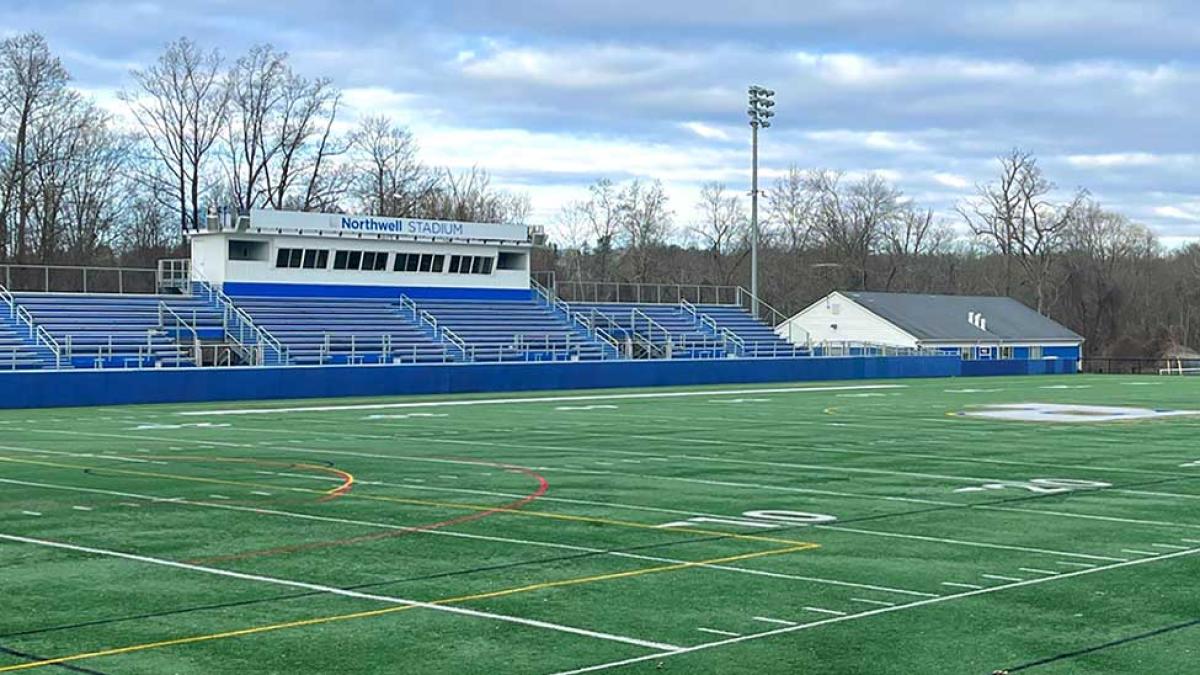
Organized Crime in the 21st Century
The days of John Gotti and The Godfather are long behind us, but organized crime has continued to evolve. A Pace student teams up with two faculty members to investigate.


“People don’t realize that it’s still happening and going on, and we should be paying more attention to it. The longer we don’t, the more it’ll go underground.”
Alexa Hradek ’25, ’26 is discussing organized crime. Through Pace’s 4+1 combined degree program, she’s currently earning a bachelor’s degree in criminal justice and a master’s in homeland security. Given her burgeoning area of expertise, she’s gravitated toward an interesting academic focus—how organized crime has evolved in the 21st century.
At Pace, the breadth and depth of academic expertise means that no matter your interest, you can almost always find a faculty mentor. This was certainly Alexa’s experience, as she gravitated toward the work of her professors—specifically Dyson Professor and Criminal Justice Chair Cathryn Lavery, PhD (who, in addition to her impressive body of academic research, hosts the podcast Crimes, Coffee, and Conversations), and Adjunct Professor David Mulcahy, who has spent three decades in field on both the state and federal levels.
Alongside co-researcher Heath Grant, PhD, at John Jay College of Criminal Justice, Lavery and Mulcahy began discussing research ideas, and homed in on the dearth of recent academic literature in organized crime. As both Lavery and Mulcahy explain, the vast majority of academics researching the field pivoted from organized crime to terrorism after September 11, leaving a wide gap of research over the past two decades. This reality, combined with the major technological and societal changes that have subsequently occurred, meant that the subject was ripe for exploration.

“The three of us got together and one of the questions we were thinking about is, with the opioid crisis and influx of fentanyl from drug cartels, there was this emerging issue of whether organized crime is still pervasive,” says Lavery. “You don’t see it a lot unless you’re looking at press releases from the Department of Justice or courthouses, and they generally seem to be very quick arrests at the local level. We decided we wanted to move forward with a publication looking specifically at what is the new face of organized crime?”
Any academic research requires an enormous amount of brain power combined with time-intensive scouring of literature. In this case, the trio wanted to start by building a very thick annotated bibliography while diving into journal articles from other criminologists in the field, which would then help the team build a timeline. They required a research assistant for this tall task and knew just where to turn.
“Alexa has taken courses with both me and Professor Mulcahy, and has always been interested in the topic,” says Lavery. “And due to our workload and research loads I thought, she’s a great student, she could really help us. It’s great to work with a research assistant who you trust enough to work independently.”
In addition to scouring academic journals for previous related research, Alexa has been spending her time sifting through local news—she cites the New York Post’s organized crime section as particularly helpful—and has done deep dives into specific metro areas such for anything from low-level gambling busts to drug trafficking, to everything in between.
“I’m actually surprised I haven’t been called by the authorities from my Google searches,” she jokes.
“I’m actually surprised I haven’t been called by the authorities from my Google searches.”
While the team is still in the research gathering phase of the operation, they’ve noted a few key findings. One point of emphasis is the way traditional organized crime has increasingly blended in with other forms of crime, as family and relative ties within organized crime continue to wane as harsher sentencing laws make it more likely for arrested members to “flip” on associates.
“Back in the day if you were the Genovese crime family, you were not working with the Russian mob, or the Bloods, or the Colombian drug cartels,” notes Mulcahy. “Now you’re seeing such a cross reference of these groups. Each of them has an expertise, and they’re working together to get drugs, guns, etc. into communities, as well as other contraband.”
“If you go back to the ’90s you had organized crime, terrorists, and gangs. There was no cross-collaboration,” adds Lavery. “Then all of a sudden, to see them working together, you realize there’s so many more hands in the pot, and you wonder why they are still profiting if there’s so many hands. But they’ve gotten very smart and are interlinking different avenues of crime and are not as specific or challenged with who they work with.”
There is still much work to be done and many more avenues to explore. For instance, their preliminary research has observed increased organized crime activity in cities such as Baltimore, Philadelphia, and Boston. The group spent a lot of time discussing the way the internet and social media have changed both the recruitment and “business” side of organized crime; while also completely changing the way law enforcement investigates illicit activities. Alexa will continue to work with Professors Lavery, Mulcahy, and Grant through the spring semester, as they begin to prepare their work for eventual publication.
All in all, Alexa is excited to continue to delve into this unique research topic while further building her skill set as she prepares for her master’s in homeland security and ultimately, an impactful career in the field.
“This experience has been surreal,” says Alexa. “I never expected something like this to come out of my college experience. I’ve had so much fun, and I’ve appreciated the trust from professors Lavery, Mulcahy, and Grant, and I feel like I’ve built a lot of confidence in my academics and knowledge in criminal justice.”
More from Pace Magazine
At Pace, innovation and impact go hand in hand. This past fall, our faculty and staff secured transformative awards and impressive grants that spotlight Pace’s leadership in environmental justice, experiential learning, cybersecurity, and student well-being.
Through a grant from the New York State Department of Education, SOE's Jennifer Pankowski and Seidenberg's Tom Schmidt are employing artificial intelligence solutions to potentially revolutionize the teacher training experience.
At Pace University, learning from the best isn't just a promise—it's a reality. Meet the seven extraordinary professionals-turned-professors shaping the next generation of leaders. From theater to law, nursing to AI, these educators bring world-class experience and passion to every lecture.
Beyond the Boom: Seidenberg's Legacy of AI Excellence
When generative AI burst onto the scene, Seidenberg faculty were already deep into the work. Learn how the school’s legacy of AI excellence has set the stage for groundbreaking work today and is preparing Pace students for the possibilities of tomorrow.
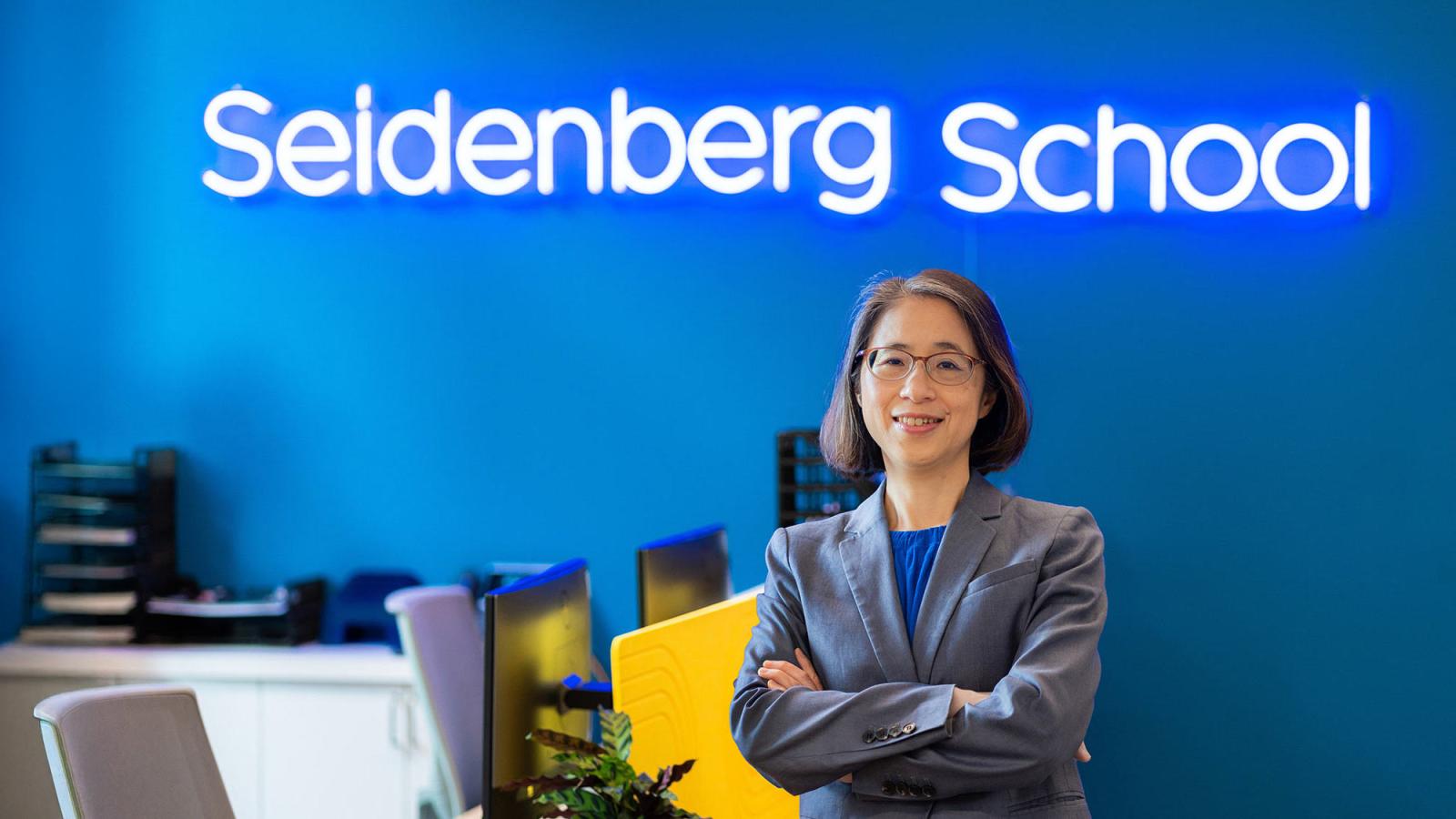
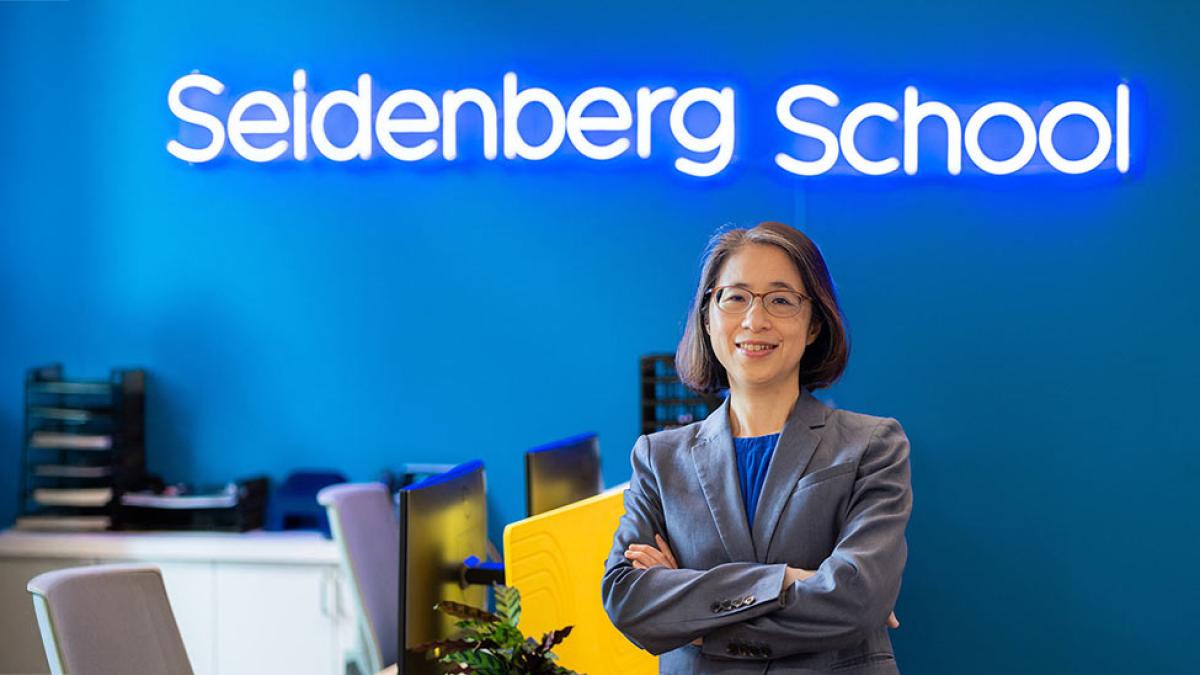
For decades, the Seidenberg School of Computer Science and Information Systems at Pace University has been at the forefront of innovation. As Artificial Intelligence (AI), particularly generative AI, transforms industries and redefines what is possible, Seidenberg is leveraging its history of excellence in the field to embrace the moment and prepare students to lead in an AI-powered world.
“Seidenberg professors are kind of bemused by the great boom in AI over the past couple of years,” says Katie Todd, assistant dean of strategy and engagement at Seidenberg and co-director of Pace’s AI Lab. The reason is simple: AI is in Seidenberg’s DNA. “AI is something they’ve been doing for decades, so after generative AI became this huge deal, they were kind of like, ‘yeah, and?’ That exemplifies the history of AI at Seidenberg.”
Faculty at Seidenberg have been working on AI for as long as the school existed. —Scharff
More than two-thirds of Seidenberg’s 40-year lifespan have included some form of AI education, with many faculty specializing in the field during their doctoral studies or across their research. Christelle Scharff, PhD, professor of computer science and co-director of Pace’s AI Lab, has been part of that legacy.
“Faculty at Seidenberg have been working on AI for as long as the school existed, and it was really led by research in robotics and D. Paul Benjamin, PhD,” says Scharff. She recounts finding evidence of early AI classes taught as early as 1997 covering topics from search algorithms, computer vision, and even natural language processing (the field of AI that serves as a foundation for modern generative AI). “We have now a record number of undergraduate and graduate AI courses spanning the different flavors of AI,” she continues. “And almost all Seidenberg faculty are tackling research problems in AI with applications in healthcare, art, education, cybersecurity, and gaming.”
How Generative AI Changed the Game
AI is nothing new for Seidenberg, but now a new wave of innovation is reshaping the field—welcome to the era of generative AI (Gen AI).
Generative AI, popularized through large language models such as OpenAI’s ChatGPT and Microsoft’s Copilot, joined the game in 2022 and has continued to rise in popularity and public consciousness. The reason? According to Li-Chiou Chen, PhD, interim dean of Seidenberg, the reason is because of the accessibility of these tools.
“The most significant change in AI is the ease of access to Gen AI tools to regular users. That is, everyone with internet access can use AI tools to some extent,” Chen explains. “Therefore, AI is impacting every aspect of our life and is helping us make decisions in many areas, such as healthcare, communications, education, legal, marketing, and more.”
Everyone with internet access can use AI tools to some extent. —Chen
David Sachs, EdD, a professor of information technology and faculty co-chair of Pace’s University-Wide AI Committee, has also observed how AI is rapidly transforming work in countless sectors. “Since Generative AI was released to the masses, it has permeated our society and jobs throughout the world,” says Sachs. “AI is being used in every job you can think of in increasingly interesting and important ways. AI is redefining jobs and creating new ones.”
With this transformation comes a growing need for universities and colleges to equip students with essential AI knowledge and skills. According to Sachs, “All Pace University students should have a working knowledge of AI concepts and practices so that they can then choose when and where to use them.”
It’s only natural that Seidenberg is at the forefront of AI education at Pace.
AI In Our Curriculum
Though AI has always been an integral element of Seidenberg curriculum, the school and its faculty have adapted quickly to keep up with the rapidly evolving AI landscape, from revamping existing courses to creating entirely new majors.
“Seidenberg has created new AI and machine learning courses and curriculum to address the current demand as well as new development in the area,” Chen explains. “We are also in the process of launching new master’s programs in this area, pending on New York State approvals.” The proposed MS in AI will equip students with the expertise they need to work with these large AI models, while the MS in Applied AI takes the tenets of AI and focuses on how they can be used across different disciplines to solve problems.
All Pace University students should have a working knowledge of AI concepts and practices so that they can then choose when and where to use them. —Sachs
One field in which AI has a notable impact is cybersecurity, where AI is powering both the efforts of cyber-threats and the defenses against them. The US Department of Labor not only identifies cybersecurity as a booming industry, but as one steadily becoming dependent on individuals with AI backgrounds. “Cybersecurity is one of the strongest academic disciplines in Seidenberg,” Chen says. “In addition to the MS in Cybersecurity program launched in Fall 2020, we are launching a new BS in Cybersecurity program in Fall 2025.” Pace partners with organizations like the National Security Agency and the Department of Defense to provide scholarship programs for cybersecurity students, while Seidenberg’s increased emphasis on AI ensures these students are ready to tackle the evolving challenges of cybersecurity in an AI-driven world.
But AI education isn’t just for computer science majors. Recognizing that as generative AI transforms industries, Seidenberg faculty and leadership are working to make AI education available to all Pace University students, regardless of their field of study.
AI is redefining jobs and creating new ones. —Sachs
Seidenberg first began this effort by revamping CIS 101, the introductory computing course required to be taken by nearly all first-year, non-Seidenberg students at Pace. Previously split evenly between Microsoft Excel and programming languages, the course now dedicates half of its focus to Excel and half to AI, with programming fundamentals introduced through the AI modules.
Sachs, who re-designed the curriculum to focus on AI, explains the AI modules cover a range of topics, including the basics of machine learning, an introduction to three popular chatbots (ChatGPT, Claude, and Copilot), practice with effective prompting, and explorations of the ethical issues of generative AI. “The course has been well-received by both faculty and students,” says Sachs. “Students were surveyed each week about the AI materials for that week; many of them had many positive comments about what they learned and how useful they found the AI materials to be . . . They seemed proud of what they had learned.”
—
Sachs is also finalizing the curriculum for an upcoming AI in the Workplace course aimed at graduating seniors. While CIS-101 is a great first step to ensure all first-year students have an understanding of AI, Sachs and other Seidenberg faculty recognized the need for graduating students to build AI skills, considering that employers are beginning to prioritize AI experience in candidates.
“Students will learn many of the concepts taught in CIS 101—introduction to AI, prompts, ethics, and most importantly, how AI is being used in the workplace,” Sachs says. “The course is filled with many current examples of how many companies use AI to enhance their businesses. Students will have access to a wide array of current AI resources and be provided with a listing of free online courses about AI, should they wish to continue their studies.”
AI Beyond the Classroom
For those looking to go beyond the classroom with their AI education, Seidenberg remains the hub for new resources and centers focused on AI excellence.
In December 2024, Pace launched the Gale Epstein Center for Technology, Policy, and the Environment, thanks to a generous gift from Gale Epstein, a renowned New York City philanthropist and business leader. The Center’s mission is to promote technologies and policies that uphold the public’s right to access information about environmental conditions that may pose risks to their communities.
“The Gale Epstein Center will provide our students and faculty with the tools and resources to develop real-world solutions to critical environmental challenges,” said Jonathan Hill, DPS, Pace’s interim provost. “This is a proud moment for Pace as we expand our commitment to sustainability and innovation.” And with Seidenberg’s established AI expertise, some of that innovation may focus on how AI can be applied to support the Center’s critical goals.
This is a proud moment for Pace as we expand our commitment to sustainability and innovation. —Hill
Members of the Pace Community seeking hands-on experience with AI can turn to the newly launched AI Lab, introduced in early 2024, which embraces an interdisciplinary approach to AI. “The Pace AI Lab is designed to be collaborative, and we really encourage people from other disciplines to get involved,” says co-director of the lab Todd. “Like other technology, AI is most interesting when applied to another area.” The lab has already covered AI topics related to philosophy, business, and publishing, and aims to broaden its focus in the future by embracing a diverse range of topics from the Pace Community while inviting outside businesses and community members to deepen collaboration.
Lab co-director Scharff outlines just a few of the AI Lab’s many accomplishments since it opened less than a year ago, including undergraduate research, developing AI curriculum and courses such as Ethics in AI and Generative AI, conducting faculty training on AI’s impact on teaching, hosting events, and more. “Clinical professor Andreea Cotoranu and I even developed a module on Equity Centered AI Design for the Global Innovation Practice Course of the Design Factory Global Network,” Scharff describes. “The online course was taught by faculty from Columbia, Finland, the United States, and Portugal. Around 15 students from Pace participated.”
Both the Gale Epstein Center and the AI Lab—alongside other established initiatives like the Robotics Lab and Computational Intelligence Lab—highlight how Seidenberg is going beyond the classroom to expand the impact of AI education at Pace, and the future of AI.
AI Literacy For All
For many, the idea of an AI-powered future sparks existential questions about humanity, ranging from concerns over copyright and job displacement to privacy and data security. One way to tackle these concerns is through expanded AI literacy, equipping people with the knowledge to responsibly navigate an AI-driven world. And, as Todd puts it, “Seeing how people use generative AI to do creative and useful stuff really helps with the existential dread.”
AI education goes beyond mastering the technology. “For both users and developers, we need to recognize and understand the limitations and risks of AI, such as abuses of AI tools, bias in data, privacy, system transparency, and ethics,” says Chen. “Interdisciplinary discussion and collaborations can help us to clarify the limitations and adopt risk mitigation strategies that are needed when we embrace AI,” says Chen.
The research and education taking place here at Pace and Seidenberg is innovative, exciting, and applicable to the real world. —Todd
Though the AI Lab and many of these initiatives originate with Seidenberg, Todd similarly agrees that an interdisciplinary approach is ideal. Todd says, “I hope that our colleagues in other departments see it as an opportunity to get involved, explore how AI is impacting their discipline, and get in touch to talk about collaborating on research, events, or other initiatives. According to Sach, the interest is there. “AI at Pace and Seidenberg seems to be a hot topic these days,” he says. “During the summer of 2024, when an introductory course was offered, 140 faculty and staff signed up to take it in 24 hours!”
The field of AI is evolving fast. With its established history of excellence, Seidenberg is primed not only to keep up, but to set the Pace. “My hope is that we can position Pace and Seidenberg in the AI race in research and teaching,” says Scharff. “That means also going beyond generative AI and defining an agenda that will include collaboration with Pace’s other schools and colleges and looking forward to new advancements that would combine traditional AI with new trends in AI.”
Interdisciplinary discussion and collaborations can help us to clarify the limitations and adopt risk mitigation strategies that are needed when we embrace AI. —Chen
As Seidenberg continues to build on its AI legacy, Pace remains committed to equipping students with the skills and knowledge to make a meaningful impact and shape the future. “We aim to increase AI literacy at Pace and support the University’s academic reputation as a center for AI,” says Todd. “The research and education taking place here at Pace and Seidenberg is innovative, exciting, and applicable to the real world.”
Seidenberg isn’t just preparing students for an AI-powered future—it’s empowering the human ingenuity that will shape it.
Learn more about Artificial Intelligence at Pace and take advantage of AI resources exclusive for the Pace Community.
More from Pace Magazine
At Pace University, learning from the best isn't just a promise—it's a reality. Meet the seven extraordinary professionals-turned-professors shaping the next generation of leaders. From theater to law, nursing to AI, these educators bring world-class experience and passion to every lecture.
For nearly 25 years, Pace University's Elisabeth Haub School of Law has partnered with Yale University to create one of the most unique and impactful joint degree programs in the world.
Lisa Fastenberg, PhD—associate professor and chair of Pace University’s Mathematics Department—has been appointed to the Board of Trustees. A leader in math education and student success for over two decades, she’s now bringing her expertise to guide Pace’s future.
Winter 2025: In Memoriam
The Pace Community honors Morgan Jenness and Professor Vanessa Merton, two extraordinary individuals who left a lasting impact on our University. Their legacies live on in the lives they touched and the communities they inspired.


The Pace Community has experienced the loss of two remarkable individuals whose contributions to the University and their respective fields will long be remembered. Morgan Jenness, a cherished member of the Sands College of Performing Arts faculty, and Professor Vanessa Merton, a distinguished educator and advocate from the Elisabeth Haub School of Law, each left an enduring legacy of dedication, excellence, and compassion. Their influence continues to be felt through the countless lives they touched and the programs they shaped. In this issue, we reflect on their lives and honor their lasting impact on our community.
Remembering Morgan Jenness
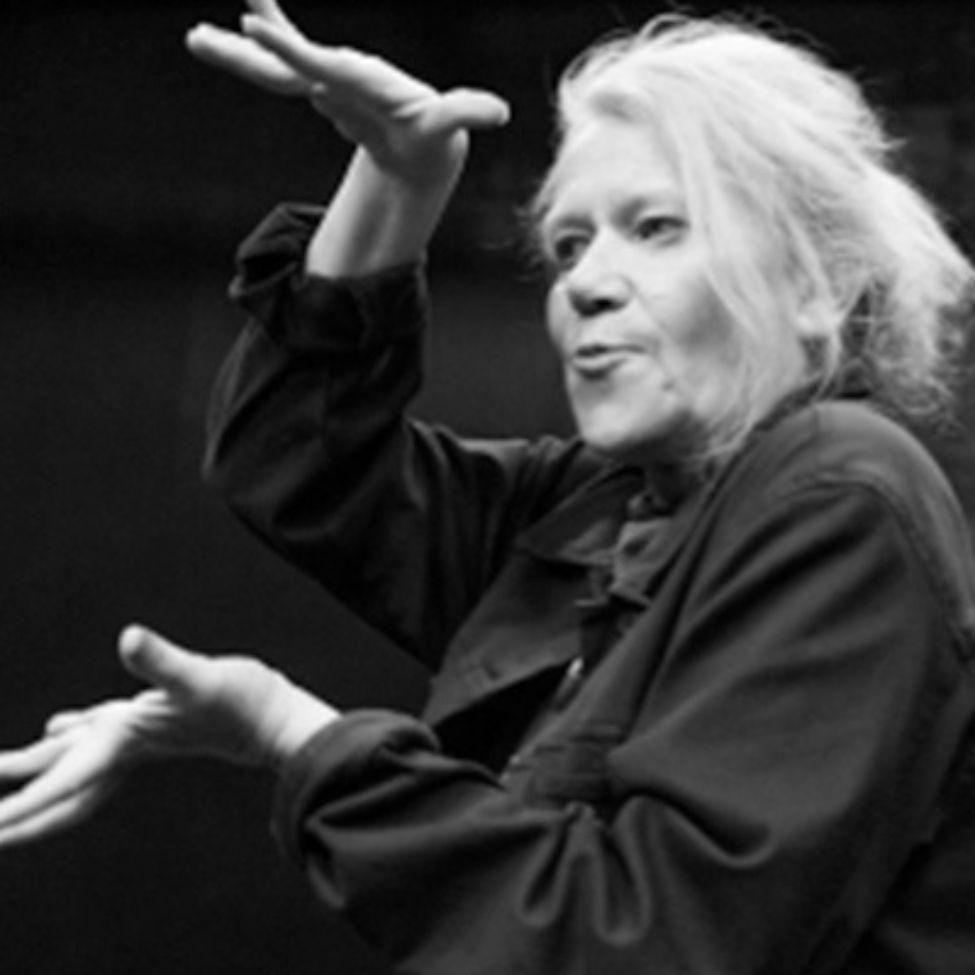
The Sands College of Performing Arts mourns the loss of Morgan Jenness, a revered adjunct faculty member whose legacy resonates across the classroom and the broader performing arts world. A visionary in theater and an inspiring educator, Morgan profoundly shaped the academic journey of many students, infusing lessons with passion, history, and professional wisdom.
Morgan’s illustrious career spanned pivotal roles at The Public Theater, where they served as literary manager, Director of Play Development, and Associate Producer under the leadership of George C. Wolfe and Joseph Papp. Their tenure left an indelible mark on American theater, nurturing voices and works that defined a generation. Beyond New York, Morgan’s influence extended through roles at the New York Theatre Workshop, Los Angeles Theater Center, and collaborations with esteemed festivals like the Bay Area Playwrights Festival and Hartford Stage.
Honored with prestigious accolades, including the Obie Award for Longtime Support of Playwrights and the Doris Duke Impact Award, Morgan’s commitment to fostering creativity was unparalleled. For over a decade at Pace, they cultivated an environment where students flourished, blending academic rigor with an unyielding love for the arts.
The Pace Community celebrates Morgan’s life of creativity, mentorship, and generosity. Their contributions will continue to inspire the next generation of artists and thinkers. Morgan’s brilliance remains etched in every life they touched.
Honoring Professor Vanessa Merton
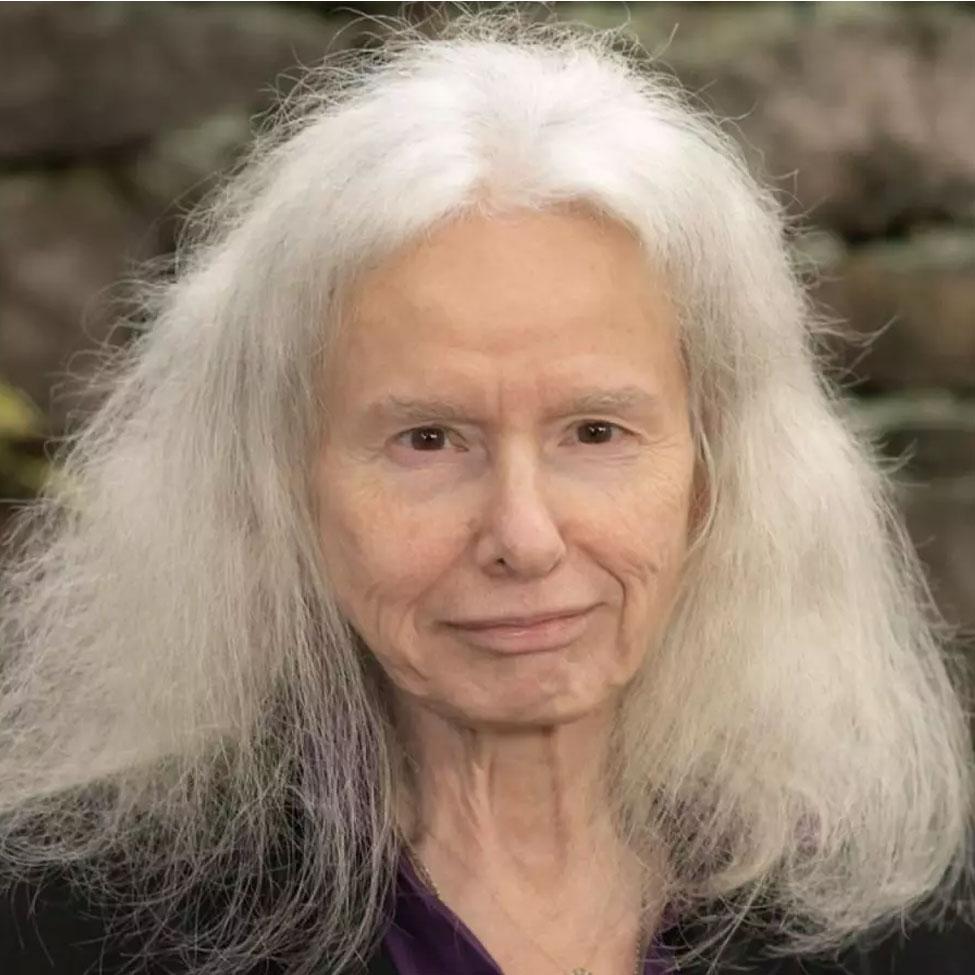
Elisabeth Haub School of Law remembers Professor Vanessa Merton, a transformative force in legal education and advocacy. Joining Haub Law in 1989, Professor Merton built a legacy of justice and education, serving as Associate Dean for Clinical Education and founding impactful programs like the Pace Immigration Justice Clinic.
Known for her relentless commitment, Vanessa led efforts to protect the underserved, advocating for asylum seekers, immigrant families, and juvenile immigrants. Her work extended from state and federal detention facilities to airports during pivotal moments like the 2017 travel bans. She also spearheaded a post-9/11 emergency operation that mobilized 200 students to assist those in need.
Vanessa’s leadership inspired generations of lawyers, many of whom credit their careers in public interest law to her mentorship. “Vanessa was a legendary legal expert and advocate,” said Haub Law Dean Horace E. Anderson. “Her altruism and dedication shaped our school and community.”
Her legacy endures through the Vanessa Merton Immigration Justice Fellowship, ensuring her advocacy continues to thrive. The Pace Community honors her remarkable contributions and lasting impact on legal education and justice.
More from Pace Magazine
Meet Director of Energy and Resiliency Ryan McEnany. Under his leadership, Pace has achieved a 24% reduction in greenhouse gas emissions, saved more than $7 million through energy efficiency, and implemented innovative programs that inspire our community.
After seven years of transformative leadership, alumnus Gary Laermer ’80 retires as VP of Development and Alumni Relations. His legacy of philanthropy and student impact will inspire Pace for years to come.
After answering an unexpected call to the field of mental healthcare, Daniel Crotty ’23 has earned the title of Obama Foundation Scholar and the chance to make a far-reaching impact.
Powering Pace Toward Net Zero
Meet Director of Energy and Resiliency Ryan McEnany. Under his leadership, Pace has achieved a 24% reduction in greenhouse gas emissions, saved more than $7 million through energy efficiency, and implemented innovative programs that inspire our community.
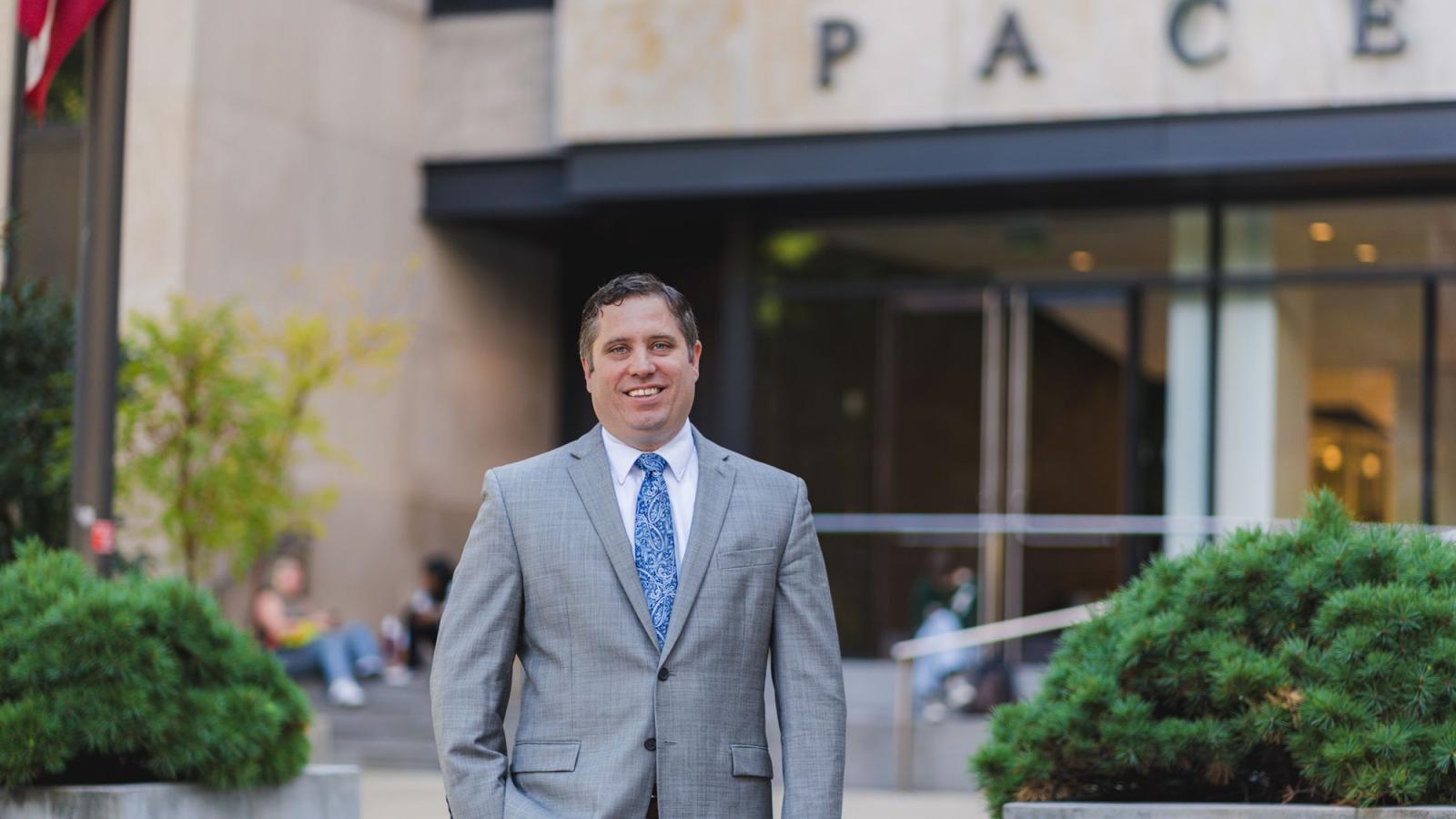
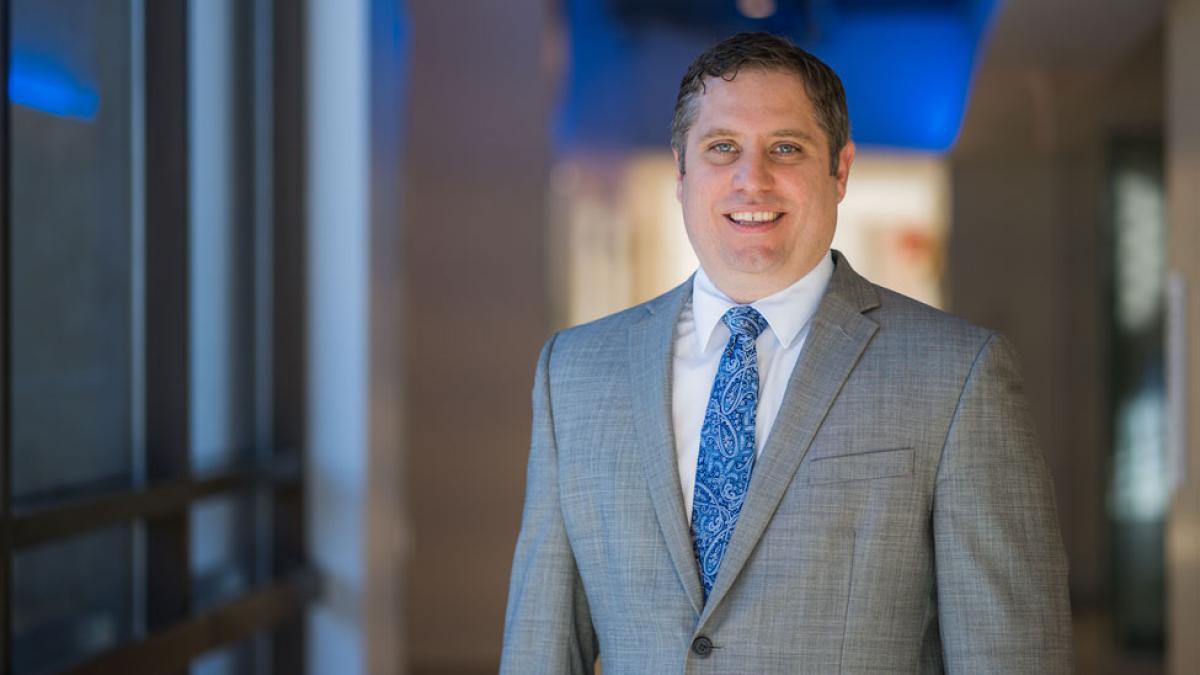
Ryan McEnany, director of Energy and Resiliency at Pace University, has played a pivotal role in advancing sustainability and energy management initiatives across the University’s campuses. From implementing innovative energy conservation programs to achieving groundbreaking reductions in greenhouse gas emissions, McEnany’s efforts reflect a commitment to both environmental stewardship and operational efficiency.
In this Q+A, he shares insights into his unconventional journey into sustainability, the strategies behind Pace’s notable achievements, and the collaborative spirit that drives meaningful change. McEnany’s story not only highlights the tangible impacts of his work but also serves as an inspiring example for students and professionals passionate about creating a more sustainable future.
Pace Magazine: Can you describe some of the most impactful sustainability initiatives you’ve led at Pace University?
Ryan McEnany: I believe the most impactful sustainability initiative here at Pace has been our Energy Conservation Program. The program began about 7 years ago and to date has saved over 329 billion BTUs of energy, enough energy to power an average household for 4,275 years. This energy saving initiative is also the main source of our greenhouse gas emissions reduction and has been the equivalent of planting 400,000 seedlings. It also reduces our operational expenses and has offered a net savings to the University of over $7 Million. With escalating energy costs and potential fines for exceeding Greenhouse Gas Emission Limits this program becomes more important every year.
PM: Faculty and staff buy-in has been crucial to the success of your programs. How did you build trust and engagement across the University?
RM: Building trust is extremely important when implementing any project that requires behavioral change. For example, setting back heating equipment during winter break was a major change to the operation of our campuses, yet it is extremely important to our energy conservation program. Over time our energy specialists have become a resource to our department. In times of extreme cold we enact a freeze protection plan, send update reports in the middle of the night, and work hand-in-hand with mechanics and engineering managers to enact changes that actually use more energy in order to prevent weather related problems.
Another important aspect of building trust has been to continually make decisions that are in the best interest of the University. When it comes to energy conservation, student success comes first, and I believe we attempt to achieve this through resolving comfort issues and adjusting the program to ensure we maintain comfortable environments.
PM: What does Pace’s journey to becoming a Net Zero university by 2040 look like, and what milestones are most critical in the next five years?
RM: We are already on the path to becoming a Net Zero University, meaning we’ll balance the amount of greenhouse gases we release into the atmosphere with the amount we remove. As a community we have made significant change to reduce our Building Greenhouse Gas Emissions by 24%. Over the next 5 years we have a midpoint goal of achieving a 50% reduction in Greenhouse Gas Emissions and the next step to achieving this goal is the renovation of One Pace Plaza East. While I am excited to see the new home of Sands College of Performing Arts, what truly intrigues me are the sustainability features of this project —the heat pumps, the increased insulation, and the lighting control systems that will greatly reduce the greenhouse gas emissions of the building. Our energy model projects that after the renovation the greenhouse gas emissions of the building will be reduced by 60%.
The beneficial electrification—switching from fossil fuel usage to electricity—of most of the heating system will help the University to further reduce emissions as New York State completes their efforts to green the grid by providing zero emission electricity through the Climate Leadership and Community Protection Act.
While our building energy emission’s is the focus, we will also need to decrease emissions from our transportation fleet. Recently, Brian Kavanagh, our State Senator announced funding for an Electric Transit Van that will operate a shuttle route between our campuses in Westchester and NYC. This is exciting because it is the first step Pace is taking to significantly reduce fleet emissions.
PM: Pace has been recognized on Princeton Review’s Green Colleges list for multiple years. What does this recognition mean to you and your team?
RM: Our team made a concerted effort to highlight all of the innovative sustainability projects and programs here at Pace. Specifically, the Princeton Review analyzes many aspects of Sustainability and not just operational programs or capital projects. Therefore, it is recognition of all the hard work and effort of the Pace Community.
Over the past two years Pace has also won awards from the US Department of Energy regarding Energy Management and the Sustainable Design of 15 Beekman. Again, the recognition is great to promote Pace as a Sustainable University, but it’s also verification from experts in the field that our planning and implementation is ground-breaking and impactful.
PM: Looking back on your time at Pace so far, what accomplishment are you most proud of?
RM: I try to be resourceful as possible, so I am really proud of the ability to generate revenue through the demand response program. We currently generate about $150,000 a year and have been enrolled for 5 years now. The revenue generated goes back into sustainability and energy saving projects across our campuses, so the revenue is reinvested and leads to lower emissions and greater utility savings. Some of the projects that have been completed are LED Lighting (including the lights at Goldstein Fitness Center Gym in Westchester), the solar charging benches at the Elisabeth Haub School of Law, and the sub-meters in New York City. It’s a proud achievement to create this sustainable funding source to further advance sustainability here at Pace.
Want to learn more about Pace’s sustainability efforts? Visit Pace’s Energy and Resilience site.
More from Pace Magazine
After seven years of transformative leadership, alumnus Gary Laermer ’80 retires as VP of Development and Alumni Relations. His legacy of philanthropy and student impact will inspire Pace for years to come.
After answering an unexpected call to the field of mental healthcare, Daniel Crotty ’23 has earned the title of Obama Foundation Scholar and the chance to make a far-reaching impact.
Pace University’s Go-Getters are shaping the future with achievements in innovation, global advocacy, and the arts. From top rankings to Broadway stars, discover how our students and alumni inspire confidence, resilience, and real-world impact.
Notable Awards at Pace: Fall 2024
At Pace, innovation and impact go hand in hand. This past fall, our faculty and staff secured transformative awards and impressive grants that spotlight Pace’s leadership in environmental justice, experiential learning, cybersecurity, and student well-being.
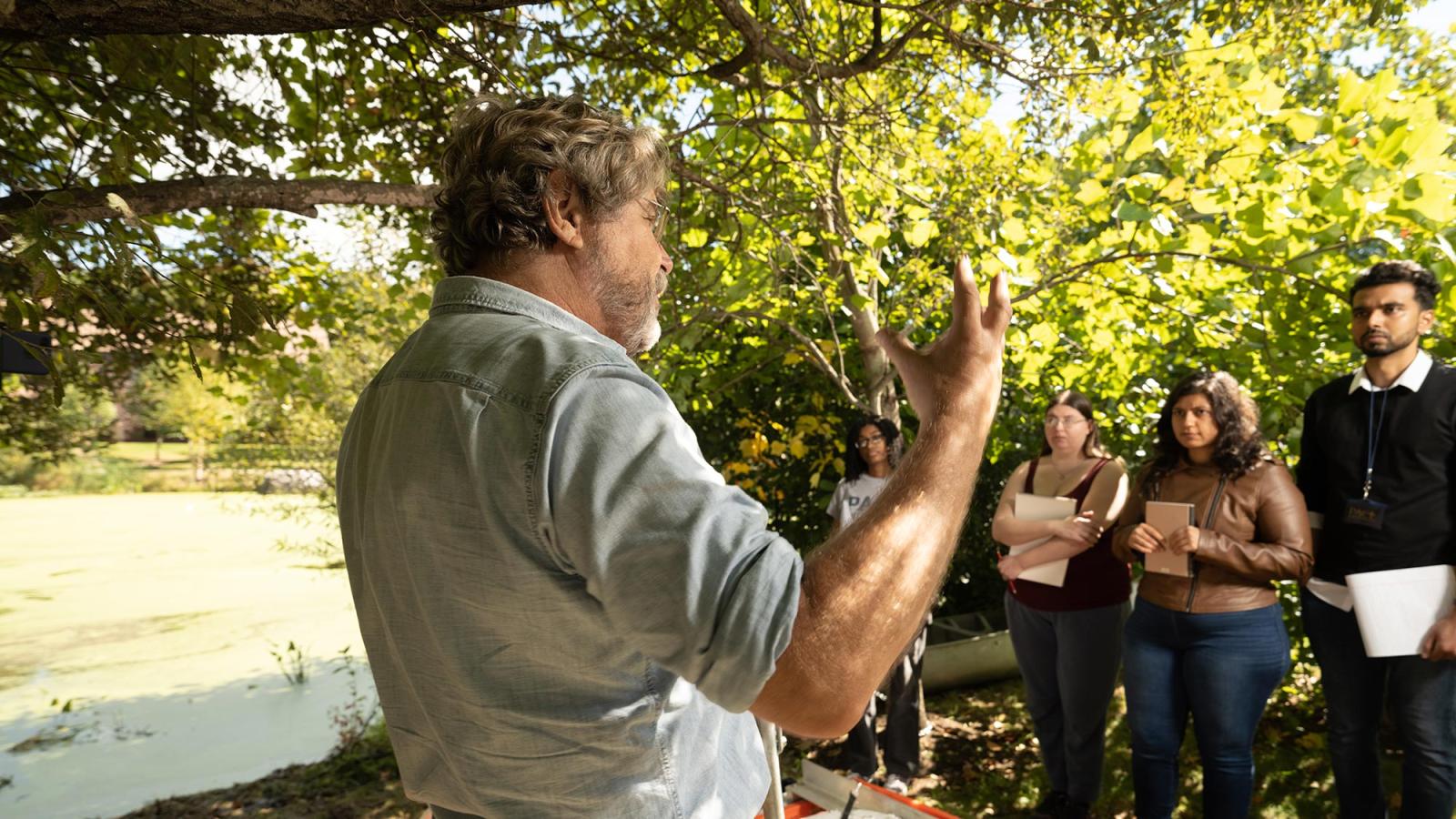
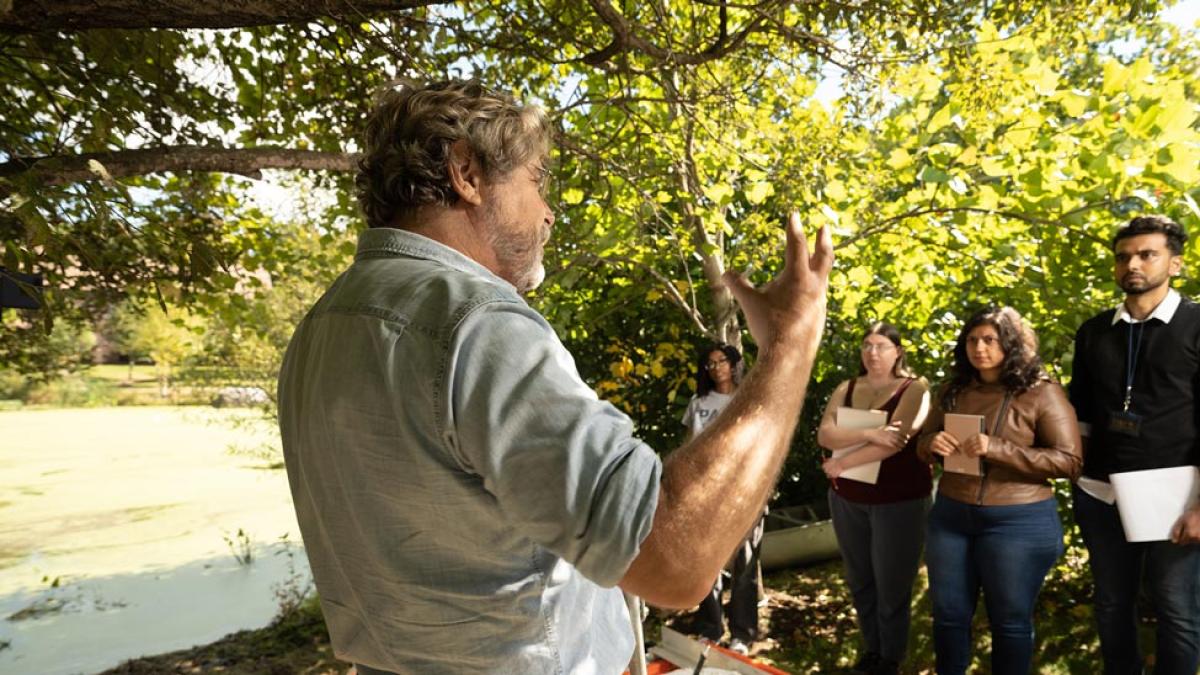
This past fall, Pace faculty members got to work; advancing research in their fields and bringing in awards highlighting our outstanding efforts in cybersecurity, the humanities, environmental and technology policy, and much more. Here are some highlights of Fall 2024’s major awards:
Interdisciplinary Scholarship and Environmental Justice
In December, Pace was awarded a $476,000 grant from the Mellon Foundation to support a three-year interdisciplinary initiative entitled Islands, Archipelagos, and Cultural Ecologies. Building on the University’s strengths in experiential learning and place-based education, the project will advance environmental justice and the environmental humanities at Pace, focusing on developing an institutional identity for Pace’s Lower Manhattan location as an island campus in New York City while connecting with other archipelagos in relationship with the United States.

This truly interdisciplinary initiative will be led by faculty from multiple departments across Dyson and Haub; including Erica Johnson, PhD, associate chairperson and professor of English; Emily Welty, PhD, department chairperson and associate professor of the Peace and Justice Studies program; Matthew Bolton, PhD, Political Science professor; Melanie DuPuis, PhD, Environmental Studies and Science emeritus professor; and Katrina Fischer Kuh, Haub Distinguished Professor of Environmental Law.
“This grant provides an extraordinary opportunity for Pace University to deepen its leadership in environmental justice and interdisciplinary scholarship,” said Pace University President Marvin Krislov. “The Mellon Foundation’s support will enable us to harness the collective expertise of our faculty and students, bridging the humanities and environmental sciences to address urgent local and global issues.”
A New Center at Seidenberg + Cybersecurity Career Training
Through a significant gift from New York City-based philanthropist and business leader Gale Epstein, Seidenberg recently launched The Gale Epstein Center for Technology, Policy and the Environment, dedicated to advancing technologies that ensure the public’s right to know the environmental conditions that can threaten their communities. For example, a key priority of the center is the development of a nationwide alert system to warn consumers of drinking water dangers before consumption— an initiative that will save millions of people from preventable illnesses, according to the center’s incoming executive director John Cronin.
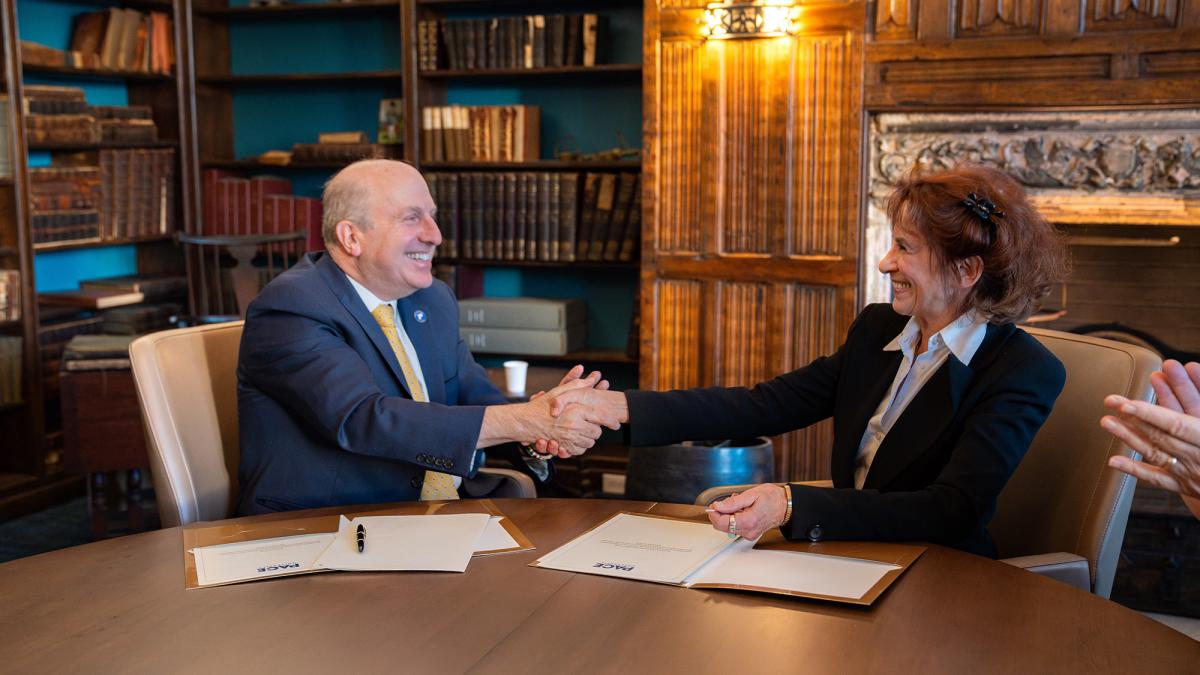
“This transformative gift will allow the Seidenberg School to lead in developing innovative solutions at the intersection of technology, policy, and the environment,” says Li-Chiou Chen, PhD, interim dean of the Seidenberg, Chen said. “The Gale Epstein Center embodies the school’s commitment to advancing technologies that empower communities and protect the environment, ensuring a more sustainable future for all.”
The gift establishes the center’s future for decades to come.
Also at Seidenberg, funding from Consolidated Edison Company of New York, Inc. will support an experiential training program to prepare Pace students for careers in cybersecurity. Utilizing Pace’s newly launched Cyber Range, an interactive technology environment located on the Pleasantville Campus–and one of only a few in the region–students will prepare to fill roles with public and private sector employers and practice how to address and mitigate an orchestrated hack or other cyber threat.
“We’re very grateful to ConEdison for their generous support of cybersecurity education in the Seidenberg School focusing on critical infrastructure," says Seidenberg Clinical Assistant Professor of Information Technology Joe Acampora. "Through teaching students the necessary skills for protecting our energy systems, we are helping to safeguard essential services for all in the face of ever-evolving cyber threats.”
Leading the Way in Humanities-Based Experiential Learning
Pace has long been at the forefront of localized, experiential learning. Recently, this leadership was recognition by the National Endowment for the Humanities (NEH) through funding for the Ground Beneath our Feet (GBOF), a series of programs, courses, and a specialized digital mapping platform that taps into New York City’s rich history and culture and recognizes the location of Pace’s downtown campus on unceded Lenape land near the African Burial Ground–at the convergence of Chinatown, Civic Center, Financial District, and the Seaport.
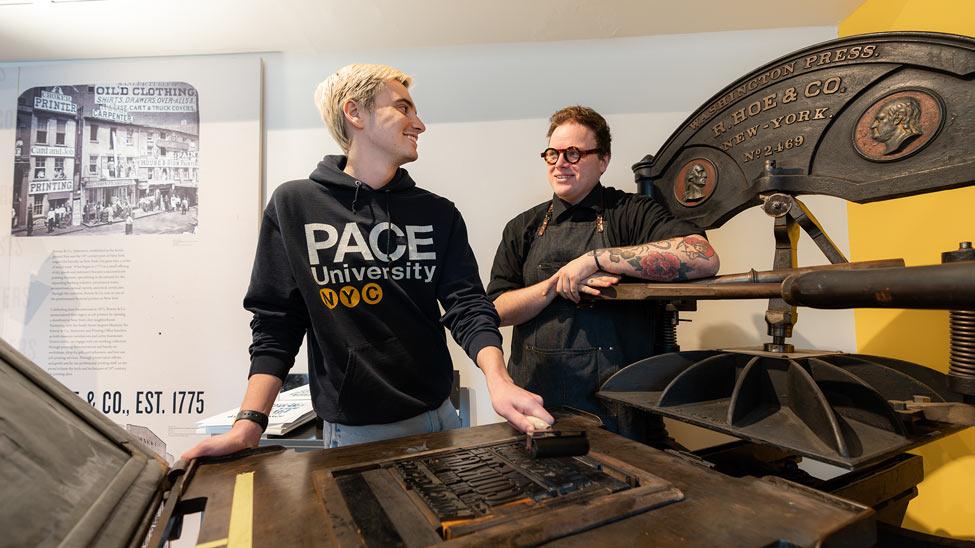
In tandem with GBOF, a second NEH grant designed to support experiential humanities courses like those in the GBOF initiative will establish a new state-of-the-art Makerspace and Humanities Lab, which will allow students to engage in creative practices such as bookmaking and fabrication, with access to rare small-press publications and DIY works from New York City through the Pace Zine Library collection.
“We are a leader nationally in building what we call experiential humanities–where we empower students to learn by doing,” said Kelley Kreitz, PhD, director of experiential learning and associate professor of English. “This is a shift away from the historical model of universities of a one-way flow of information. Ultimately, we are preparing students to create the future in which they want to participate.”
Enhancing the Student Experience
Finally, the team over at Student Affairs, led by Vice President for Student Affairs and Dean for Students Jeffrey A. Barnett, PhD, was awarded a sizable multi-year grant from the Stavros Niarchos Foundation, which will enable Student Affairs to build programming to further foster a supportive and empowering student experience for all.
“We are thrilled to have been awarded a large multi-year grant from the Stavros Niarchos Foundation,” says Dean Barnett. “With their generous support, we will be able to expand our wellness grants, build out zen/meditation spaces across our campuses, sustain our successful programming and outreach that supports men's well-being, and expand the services and offerings of our LGBTQIA+ Centers. In addition, we will be able to increase the number of faculty, staff and student leaders trained in Mental Health First Aid.”
More from Pace Magazine
The days of John Gotti and The Godfather are long behind us, but organized crime has continued to evolve. A Pace student teams up with two faculty members to investigate.
Through a grant from the New York State Department of Education, SOE's Jennifer Pankowski and Seidenberg's Tom Schmidt are employing artificial intelligence solutions to potentially revolutionize the teacher training experience.
For nearly 25 years, Pace University's Elisabeth Haub School of Law has partnered with Yale University to create one of the most unique and impactful joint degree programs in the world.
Gary Laermer ’80: A Legacy of Leadership and Philanthropy at Pace University
After seven years of transformative leadership, alumnus Gary Laermer ’80 retires as VP of Development and Alumni Relations. His legacy of philanthropy and student impact will inspire Pace for years to come.
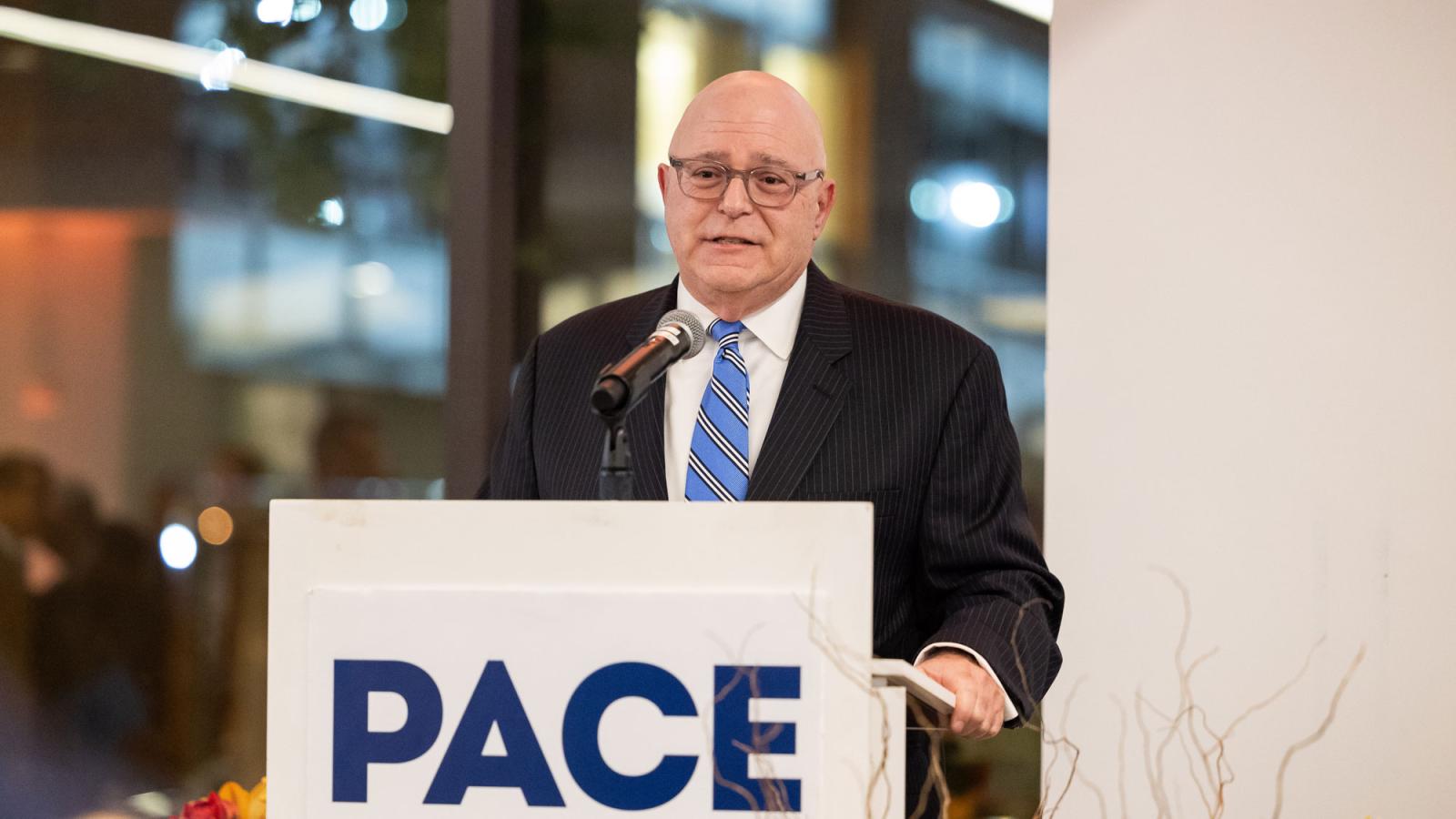
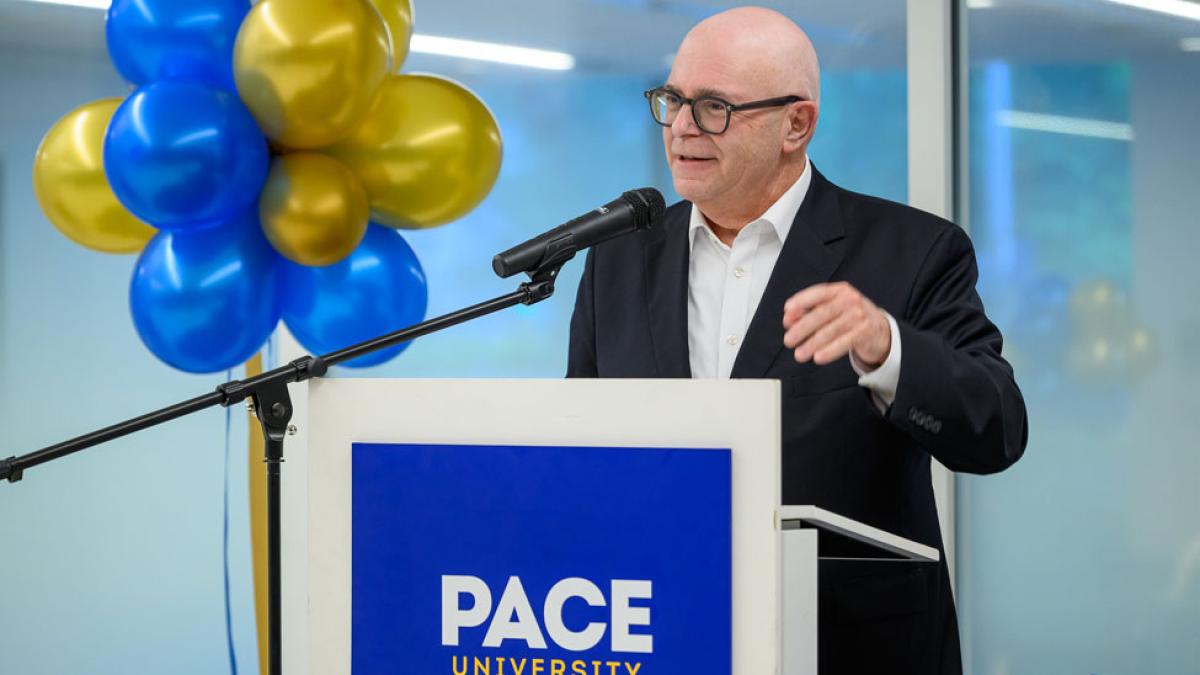
After more than seven years of exemplary service to the University and its students, Pace alumnus Gary Laermer ’80 has retired from his position as vice president of Development and Alumni Relations. During his time at Pace, Gary spearheaded the transformation of the University’s philanthropic and charitable giving programs, significantly enhancing engagement among the more than 165,000 Pace alumni worldwide.
A graduate of Dyson College of Arts and Sciences, Gary returned to Pace in 2018 as a nationally recognized leader in philanthropy and nonprofit development. Before leading Pace’s Office of Development and Alumni Relations, Gary held various leadership positions in organizations such as the YMCA, Staten Island University Hospital, and the Boy Scouts of America. In 2017, his exceptional record earned him the role of Board President for the New York City chapter of the Association of Fundraising Professionals.
Under the leadership of Pace President Marvin Krislov and following approval by the Pace Board of Trustees, Gary and the development team launched the historic $300 million Campaign for Pace University. This campaign marked an extraordinary period of success, with Gary and the development professionals setting multiple fundraising records and bringing the campaign’s ambitious goals well within reach.
Gary’s tenure was also marked by the establishment of the first collective Pace University Alumni Association, a community-building initiative that deepened alumni engagement and expanded volunteer opportunities. Amid the challenges of the COVID-19 pandemic, Gary helped lead a University-wide response that secured record-breaking contributions to emergency student support funds and launched initiatives such as the Community Impact Internship program, which places Pace students in paid internships with community nonprofits.
Above all, Gary’s leadership was defined by his unwavering commitment to community, student success, and the University’s mission of Opportunitas. During his tenure, the Office of Development and Alumni Relations raised more than $140 million to advance the University, including over $40 million in scholarship support—expanding access to a Pace education and reinforcing the University’s status as a leader in social mobility.
Gary leaves Pace University stronger, more resilient, and well-positioned for future success. His contributions have empowered countless students to achieve their fullest potential.
The Pace Community expresses its profound gratitude for Gary’s leadership and celebrates his enduring legacy of service and philanthropic impact.
More from Pace Magazine
Meet Director of Energy and Resiliency Ryan McEnany. Under his leadership, Pace has achieved a 24% reduction in greenhouse gas emissions, saved more than $7 million through energy efficiency, and implemented innovative programs that inspire our community.
After answering an unexpected call to the field of mental healthcare, Daniel Crotty ’23 has earned the title of Obama Foundation Scholar and the chance to make a far-reaching impact.
The Pace Community honors Morgan Jenness and Professor Vanessa Merton, two extraordinary individuals who left a lasting impact on our University. Their legacies live on in the lives they touched and the communities they inspired.
A Formula for Success: Lisa Fastenberg Joins Pace’s Board of Trustees
Lisa Fastenberg, PhD—associate professor and chair of Pace University’s Mathematics Department—has been appointed to the Board of Trustees. A leader in math education and student success for over two decades, she’s now bringing her expertise to guide Pace’s future.
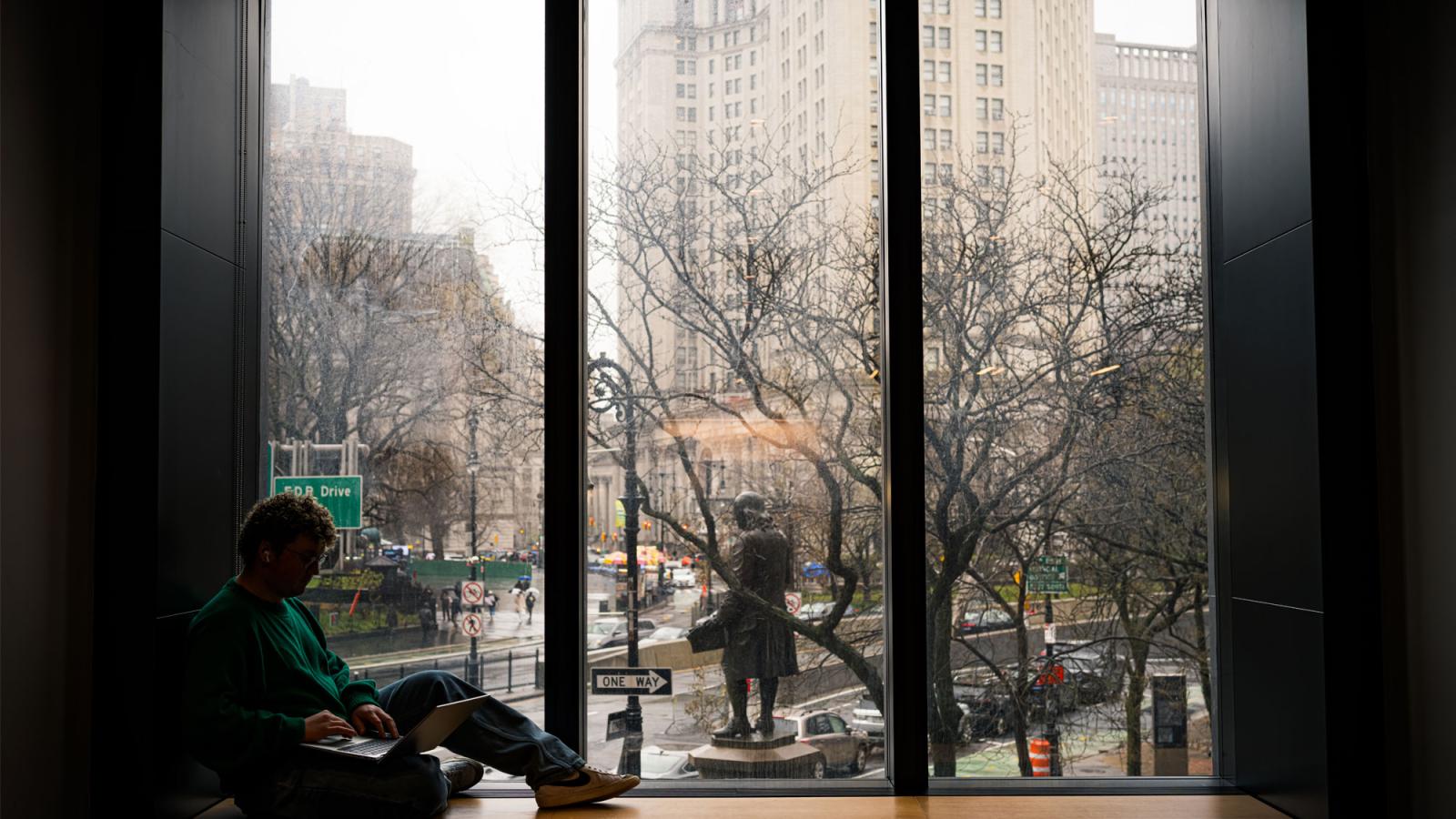
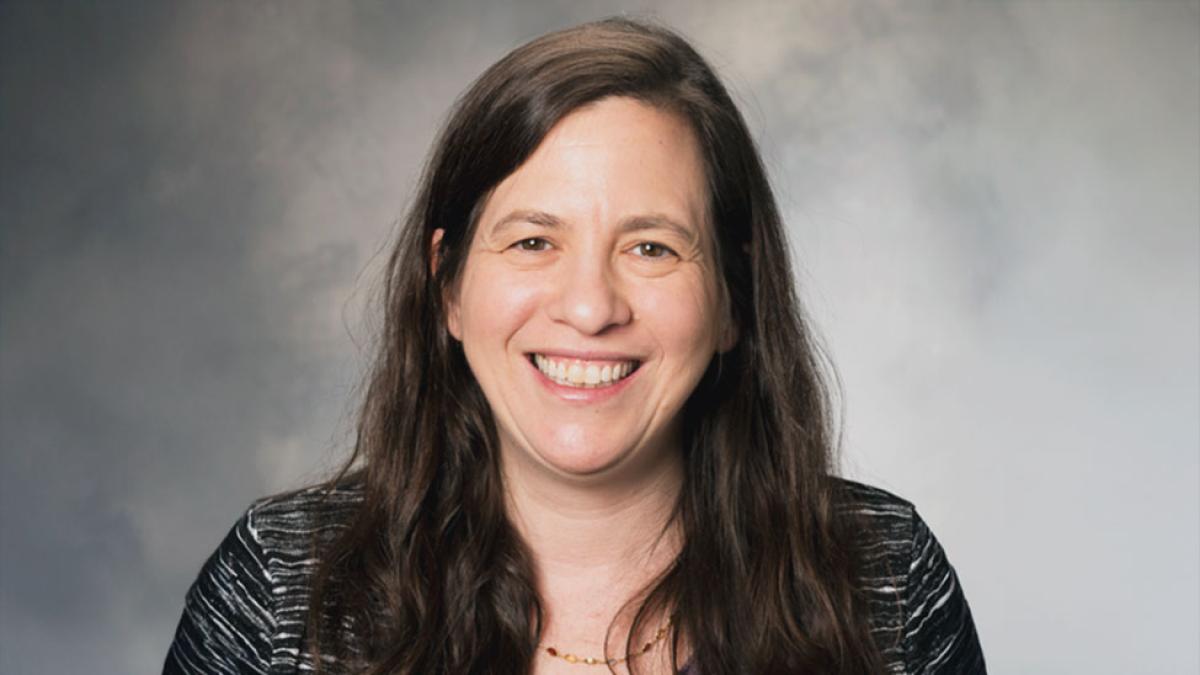
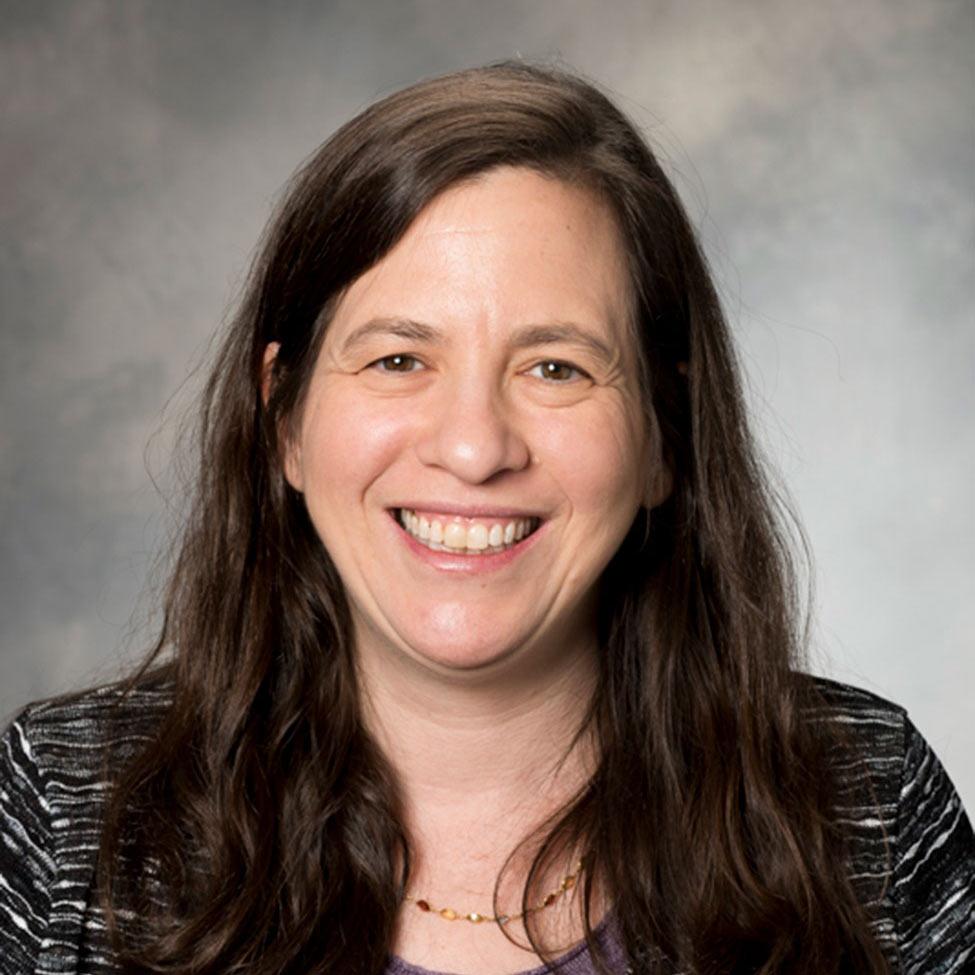
Meet Lisa Fastenberg, PhD, a math enthusiast, dedicated educator, and now a member of Pace University’s Board of Trustees. As an associate professor and chair of the Mathematics Department in Dyson College of Arts and Sciences at Pace’s Pleasantville Campus, Professor Fastenberg has been shaping minds and leading academic innovation since 2001.
Her three-year term on the Board is the latest chapter in her Pace story—a story rich with leadership and impact. Since taking the helm of the Mathematics Department in 2013, she’s led a redesign of the math curriculum to better support students, improving both their success and retention.
“Lisa’s dedication to education and her innovative approach will be a tremendous asset to the Board,” shared Rob Sands, chair of the Board of Trustees. “She truly embodies what Pace is all about.”
In the classroom, Professor Fastenberg is known for her ability to make math accessible and engaging. From developmental courses to advanced topics in number theory, her passion for teaching is evident. Her research? It dives deep into the rank of elliptic surfaces in characteristic zero—a fascinating area of number theory.
Beyond teaching, she’s been a driving force in shaping Pace’s community. Whether co-chairing the Retention Task Force or leading faculty council initiatives, Professor Fastenberg has been at the forefront of making Pace an even better place for students and faculty alike.
“I’m honored to join the Board of Trustees,” said Fastenberg. “After more than two decades of teaching and working alongside our students, I’m excited to bring the faculty perspective to the Board’s efforts.”
Her journey began with a BA in history from the University of Pennsylvania and a doctorate in mathematics from Yale University. Before joining Pace, she held academic positions at institutions like McGill and Concordia Universities, the University of Massachusetts Amherst, and Yeshiva University.
Professor Fastenberg’s appointment underscores Pace’s commitment to fostering leadership and innovation within its community. And with her on board, the future looks bright.
More from Pace Magazine
After seven years of transformative leadership, alumnus Gary Laermer ’80 retires as VP of Development and Alumni Relations. His legacy of philanthropy and student impact will inspire Pace for years to come.
The days of John Gotti and The Godfather are long behind us, but organized crime has continued to evolve. A Pace student teams up with two faculty members to investigate.
As mental health becomes a global priority, expanding initiatives like mental health first aid can create lasting change across communities worldwide. Here's how we’re making it happen right here at Pace.
A Winning Semester for Pace Athletics
From individual accolades, first ever team wins, and the 2024 Pace Athletics Hall of Fame, the opening months of the school year have been filled with great success on and off respective playing fields.
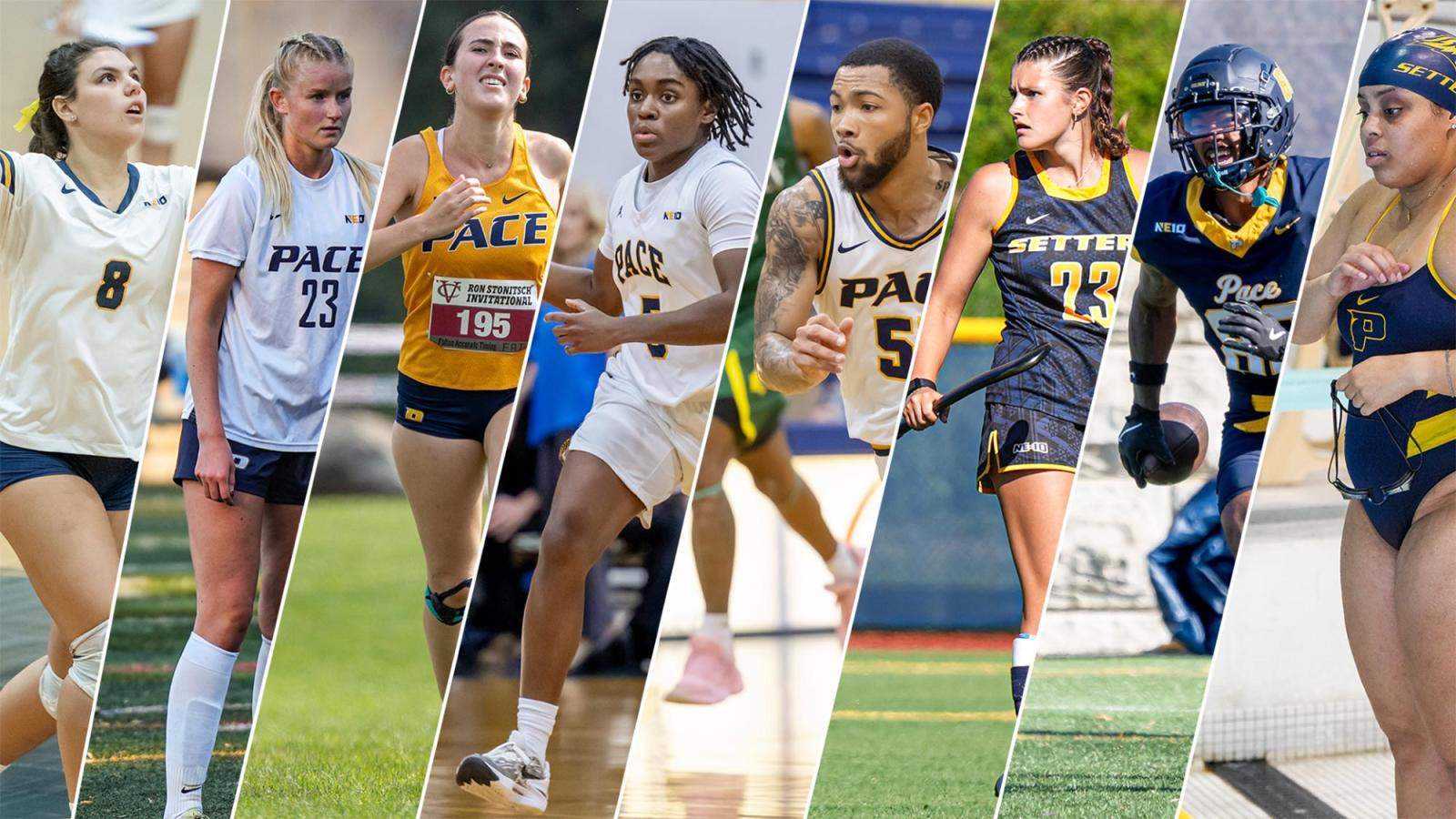
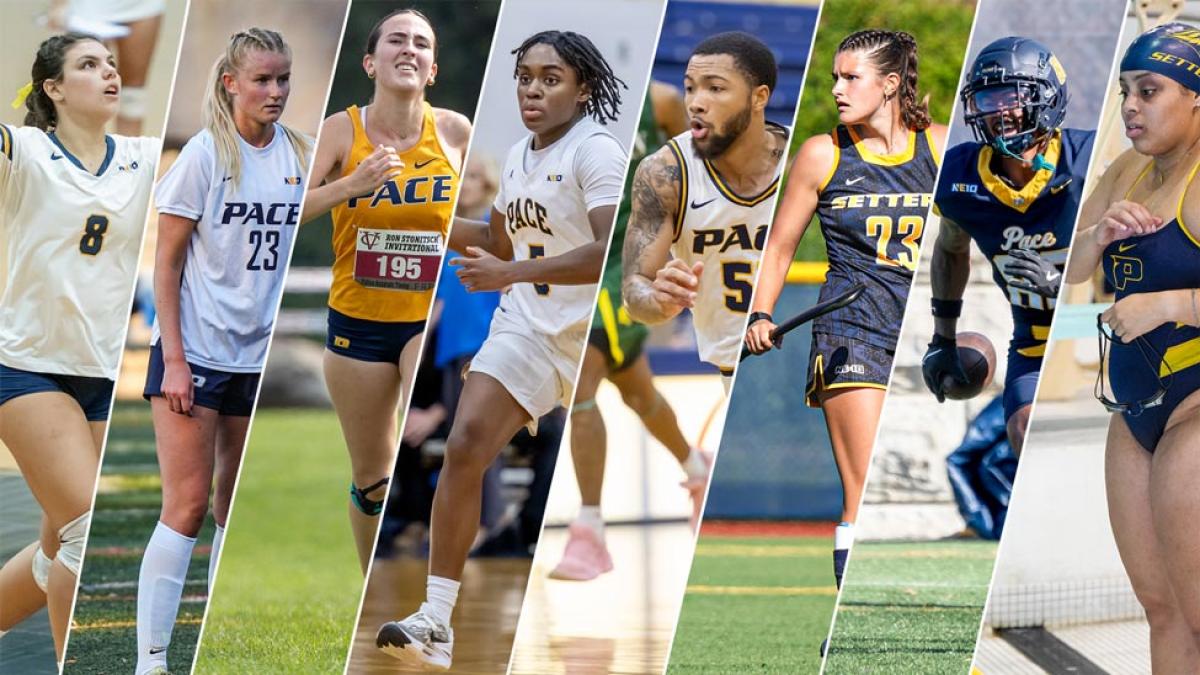
The fall 2024 semester for Pace Athletics was nothing short of eventful. From individual accolades, first ever team wins, and the 2024 Pace Athletics Hall of Fame, the opening months of the school year have been filled with great success on and off respective playing fields.
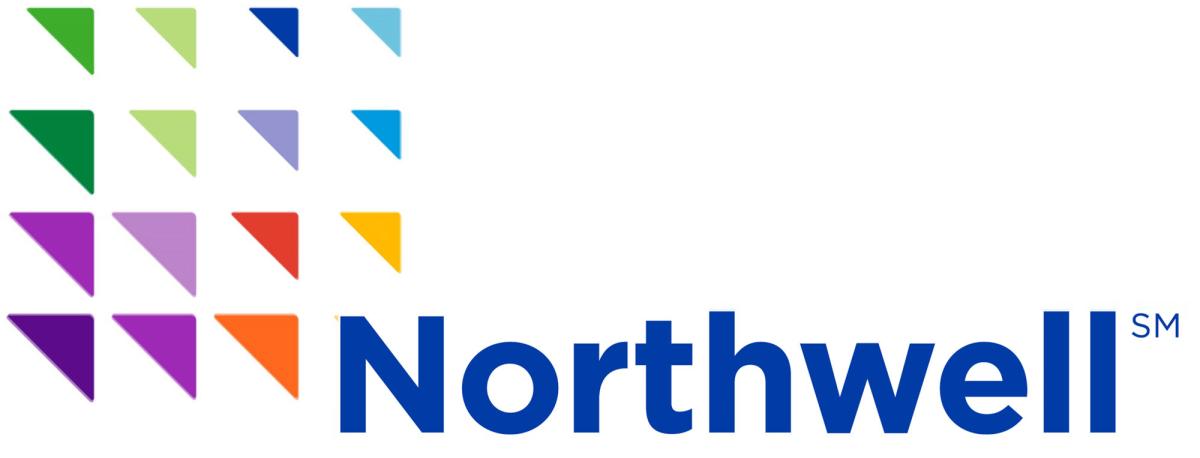
Let’s start off by looking at some of the team successes from September to November. We have first ever team victories, broken or almost broken records, major victories and more. Women’s Cross Country secured their first ever team victory in program history at the SJLI Invitational on October 19, Football captured a double-overtime victory over Saint Anselm (26–20) at Northwell Stadium, and Volleyball battled back from trailing 0–2 to win 3–2 on homecoming weekend. For the records, two teams tied a record in the first three months of the season. Field Hockey tied for most goals in a game with eight at Saint Michael’s (10/12) and Women’s Soccer broke a record for most shots in a game with 51 at the College of Staten Island (CSI) (10/30).
Individually, our student-athletes have displayed great dedication to their craft. As the Fall season concluded, we have two All-Americans (FH: Krista Dietz and Jenna McCrudden), 4 CoSIDA Academic All-District Selections (VB: Blas-Cedeno, Cosentino, Ferguson and Muhammad), and 12 Northeast-10 (NE10) All-Conference recipients. But we can’t forget our Women’s Swimming rookie, Eugenia Morossi, who has consistently led the team so far this season and is now the newest record holder of the 200-backstroke event with a fresh time of 2:01.66. She also notched a NCAA Division II National Championship “B” Qualifying Time for the event.
The Pace Athletics Hall of Fame was held on October 27 in Willcox Hall on the Pleasantville Campus. The department inducted five key individuals (Jeane Drury ‘15, Al Elliott ‘02, Casey Gelderman ‘15, Brian Pirone ‘96, and current Softball Head Coach and SWA, Claudia Stabile) who played pivotal roles in their respective Pace Athletics programs along with Joseph R. Iannello ’90 being presented with the Peter X. Finnerty Award for his outstanding leadership and service to Pace University.
As we gear up to transition into our winter sports, Men’s Basketball set a new program record for the best start to the regular season with a perfect 13–0 record while being nationally ranked #7 in all of Division II, their highest ranking in program history. On top of the team’s accomplishments, Tray Alexander was named D2 National Player of the Week (11/12) on top of being the current statistical leader with 10.8 assists per game, Jaden Kealey was named Metropolitan Basketball Writers Association (MBWA) Player of the Week (12/10), and head coach, Matt Healing, was named D2 National Head Coach of the Week by HoopDirt (12/16).
Here's to another exciting semester for Pace Athletics!
More from Pace Magazine
Thanks to a generous gift from Kenda Sports Group, Pace Athletics is proud to announce that after a 35-year hiatus, men’s soccer will return to campus.
As mental health becomes a global priority, expanding initiatives like mental health first aid can create lasting change across communities worldwide. Here's how we’re making it happen right here at Pace.
At Pace University, learning from the best isn't just a promise—it's a reality. Meet the seven extraordinary professionals-turned-professors shaping the next generation of leaders. From theater to law, nursing to AI, these educators bring world-class experience and passion to every lecture.
From Professionals to Profs
At Pace University, learning from the best isn't just a promise—it's a reality. Meet the seven extraordinary professionals-turned-professors shaping the next generation of leaders. From theater to law, nursing to AI, these educators bring world-class experience and passion to every lecture.


Jay Duckworth calls it the “golden thread” of education—the invisible, continuous links of knowledge that bond students to their professional ancestors.
“For people in theater, the golden thread goes all the way back to Thespis, the first actor who ever stepped out onto a stage, in ancient Greece,” said Duckworth, an associate clinical professor of theater at Pace University’s Sands College of Performing Arts.
“That thread goes through all of us, right down to my students,” he said.
Each year, Pace recruits some of the world’s greatest educators—practitioners like Duckworth—to join the University’s full-time faculty. With authority and unrivaled expertise, Pace’s professors help students tie their own threads to careers in health care, humanities, law, business, performing arts, education, and technology.
As Pace’s Spring 2025 semester approaches, seven of the University’s newest full-time faculty, experts who’ve reached the pinnacles of their professions, share what motivates them, and how they’re working to develop the next generation of leaders.
From Practitioners to Professors
Duckworth may be the most influential props designer alive today. A self-defined “proptologist,” Duckworth has created for film, television, music videos and more than 65 Broadway shows. He’s worked with Broadway heavyweights like Hamilton creator Lin Manuel Miranda and actors like Al Pacino, Meryl Streep, and John Lithgow.
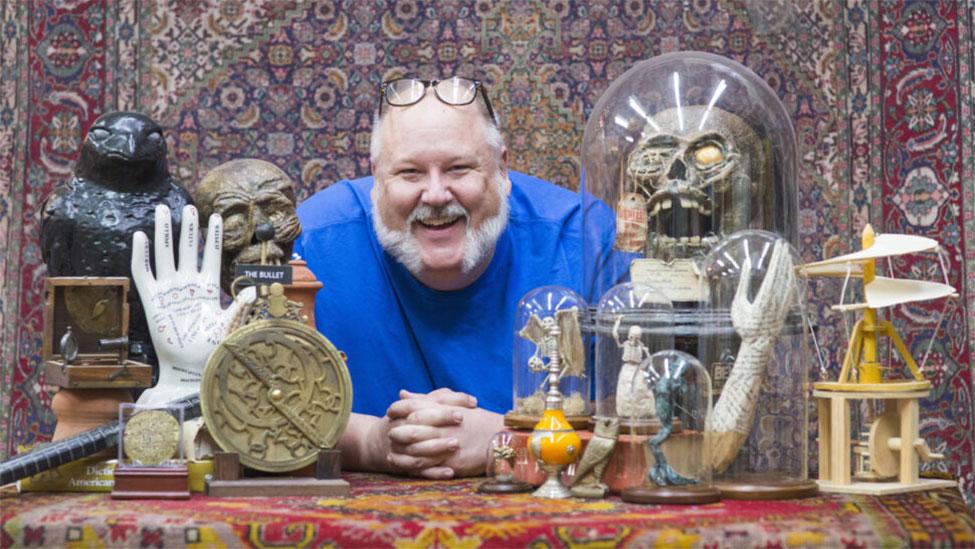
And yet, last year, after some 36 years in the props business—solving design puzzles like an edible arrest warrant (Measure for Measure) and a 13-foot guillotine that never falters (Dedication or the Stuff of Dreams)—he left it behind to become a full-time Pace professor.
“I've worked on huge shows and with incredible people, but during the pandemic I decided that I wanted to start teaching full time,” he said. “I was taught that the price you pay for living in a good community is community service, so it was important that I give back."
Like many of his colleagues, lived experience underpins Duckworth’s pedagogy. His father was a construction worker (“He taught me how to build”), his mother an artist (“I learned about colors from her”). But the golden thread that pulled him in was sewn by a former monk-turned props virtuoso. “During a carpentry job at George Street Playhouse, the prop master said to me, ‘If you ever want to stop building boxes—which is all sets really are—and use your talent, I can teach you.’”
The offer “set me on the road to becoming a prop master myself,” Duckworth said.
"When a student comes with passion for the arts, I can help them harness it so that they can become the best at whatever they want to be.”
That transaction, almost a spiritual connection to the work, is what Duckworth hopes to transfer to his students. “I can teach anybody to build. What I can't teach is passion,” he said. “But when a student comes with passion for the arts, I can help them harness it so that they can become the best at whatever they want to be.”
Like Duckworth, Professor Ty Defoe, a clinical associate professor and Writer-in-Residence at Pace’s Dyson College of Arts and Sciences, is a visionary in his field. But Defoe’s medium is sentient, and his outputs are new communities committed to what he calls “radical acceptance and radical care.”
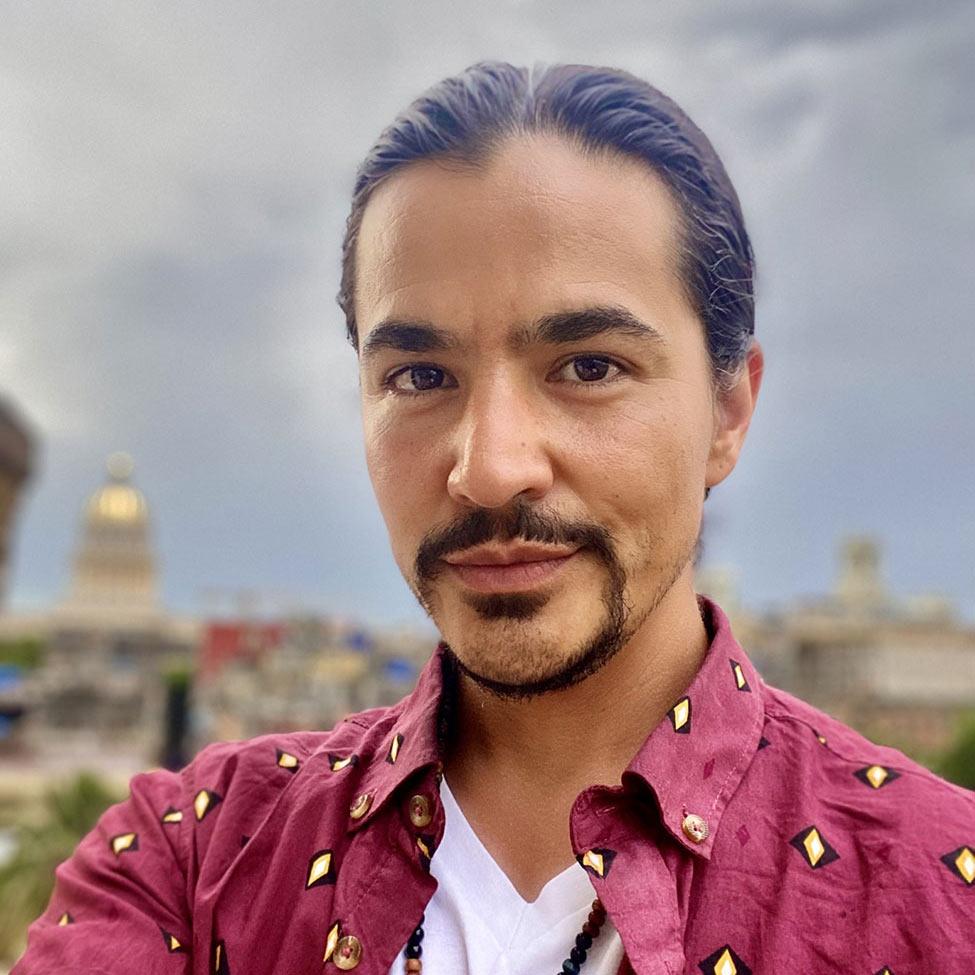
“To me, building community relates to the concept of decolonizing, moving things into the center that have been historically invisible or forgotten,” Defoe said. “At Pace, I’m drawing upon a lot of Indigenous philosophies to imagine and create a different kind of future” for our students.
As a writer and interdisciplinary artist, Defoe’s award-winning work spans a range of genres and forms, from Indigenous activism to environmental justice. He engages a wide range of forms, from Indigenous activism to environmental justice, using dance, music, and the written word to unite people in exploring contemporary challenges through the lens of traditional culture, history, and values.
One such workshop occurred in November 2024, when, for the first time in Pace’s history, an indigenous group from the Wampanoag Nation joined students, faculty, and staff to mark the National Day of Mourning, an annual demonstration to dispel myths surrounding the Thanksgiving story in the United States. In a university setting, especially one in New York City, such an event brings attention to Indigenous voices and practices that are often overlooked or misunderstood. This blending of academic space with cultural practice is rare and reflects Pace's growing emphasis on inclusivity and cross-cultural understanding.
“Here we were, having this conversation, removing the chairs in Pace’s Art Gallery and standing in a circle together to hear Wampanoag traditional music and listen to life lessons,” Defoe said. “It was revolutionary.”
“Fostering civic engagement and collective actions and bringing people together in new ways—this is why I’m here.”
Another project Defoe is focused on at Pace is The Ground Beneath Our Feet, an experiential humanities research and curriculum initiative to connect Pace’s students to the stories of the places on which their classrooms sit.
The project’s objective, said Defoe, is to unite the Pace Community through the exploration of its history. “Fostering civic engagement and collective actions and bringing people together in new ways—this is why I’m here.”
An Eye on the Future
For students, what happens at Pace may be second only to what comes after college. Carrieann Sipos, a clinical assistant professor at Pace’s School of Education, understands this, too.
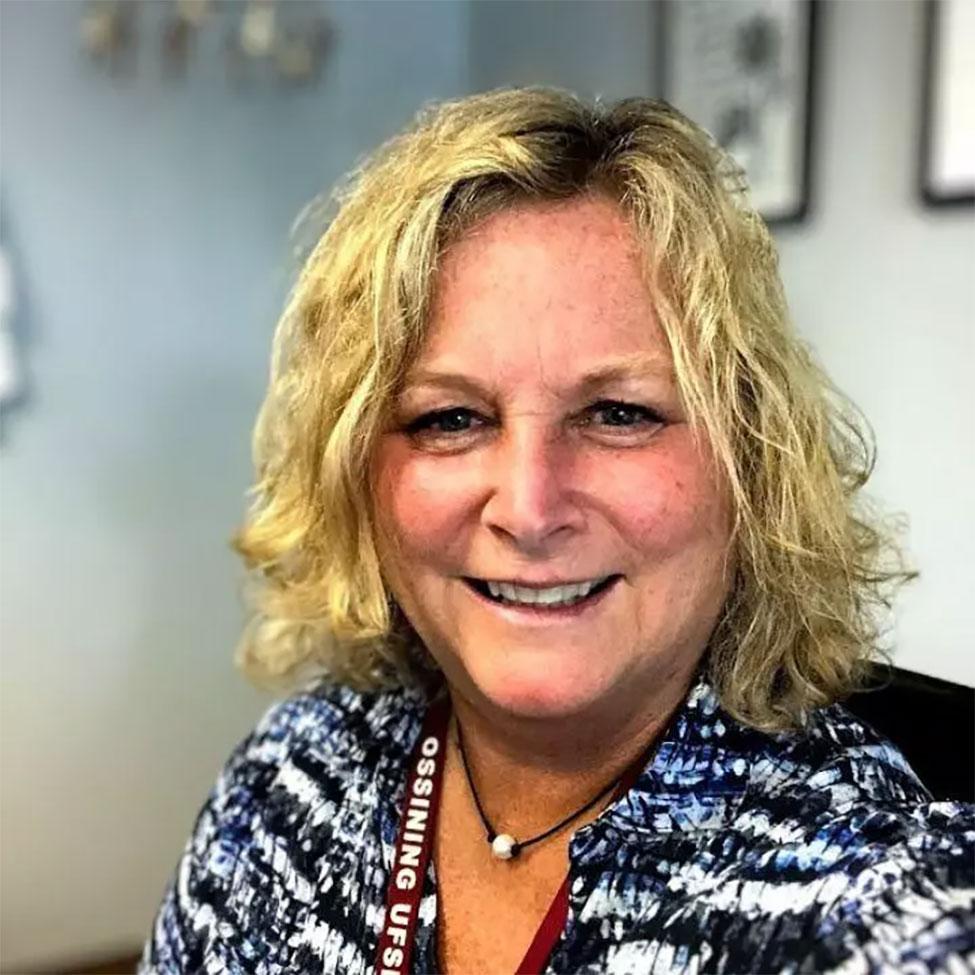
Whenever Sipos needed to fill an opening at the Ossining school district, in Westchester County, where she worked for 34 years before becoming a full-time professor, she’d make two piles of resumes on her desk. The first included applicants with degrees from Columbia University, Bank Street College of Education, and Pace.
The second pile? Everyone else.
“Pace students were always among the best hires we made,” said Sipos. “Anyone graduating from the School of Education was incredibly well prepared.”
As a new full-time faculty member, it’s now her job to ensure that Pace’s students remain at the top of the stack.
“My students are ambitious and want to make a difference; I see a lot of my younger self in them,” said Sipos. “But the teachers I train will be up against very different challenges than what I faced. Take diversity. Ossining, when I began teaching, looked very different from the Ossining of today.”
Sipos tells her students that to thrive as a modern educator, they must become “equity warriors,” committed to embracing diversity in all its forms. She emphasizes the importance of community, student-centered learning, and equity in education.
“My students are ambitious and want to make a difference; I see a lot of my younger self in them.”
“To really know what a child needs in a highly diverse classroom, teachers must have a deep relationship with their students,” she said. “It’s that sense of care I hope to instill in my students at Pace.”
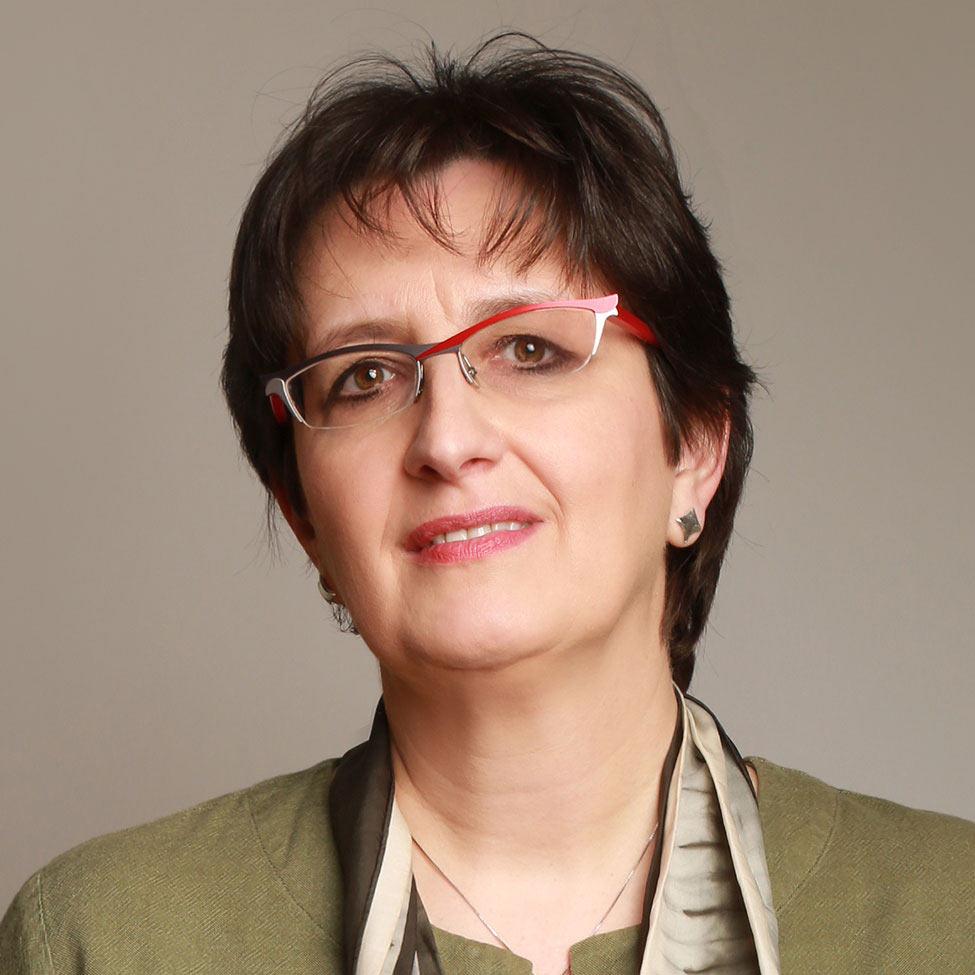
Preparing students for the future of work is also what motivates Birgit Elchoueri, a clinical assistant professor at the Lubin School of Business. With more than two decades of experience in global finance, leadership, and strategic management—most recently as chief of staff to the CEO at Allianz North America—she joins the full-time ranks with a focus on helping students prepare for how new technologies, like OpenAI, will affect their careers as future business leaders..
Preparing students for the future of work is also what motivates Birgit Elchoueri, a clinical assistant professor at the Lubin School of Business. With more than two decades of experience in global finance, leadership, and strategic management—most recently as chief of staff to the CEO at Allianz North America—she joins the full-time ranks with a focus on helping students prepare for how new technologies, like OpenAI, will affect their careers as future business leaders.
“Teaching business strategy at Pace University is exciting because of the rich diversity that students bring to the classroom. My students come from all different domains, such as management, general business, marketing, finance and accounting, this diverse knowledge and expertise allows us to create innovative team projects” said Elchoueri. “The interesting thing about new technologies and innovations is that they affect everything, from how business is conducted to how we interact with others as global societies.”
“Teaching business strategy at Pace University is exciting because of the rich diversity that students bring to the classroom."
Her teaching philosophy is grounded in a student-centered teaching approach that focuses on integrating theoretical concepts with real-world scenarios into her lesson plans to illustrate the practical and strategic implications of new technology trends. To hammer the point home, Elchoueri plans to introduce new hands-on OpenAI technology assignments in her classes this semester, including one critiquing generative AI’s outputs.
“My goal as an educator is to teach my students how to become strong leaders with the ability to analyze strategic and ethical dilemmas," she says. "It is important to embrace new technologies but at the same time business leaders must understand and anticipate potential unintended negative consequences of their innovations.”
Learning from the Doers

Several of Pace’s newest full-time faculty remain professionally active outside the classroom, particularly those in rapidly changing fields.
Rhonda D'Agostino, DNP, a clinical assistant professor at the College of Health Professions, and Camila Bustos, JD, an assistant professor at the Elisabeth Haub School of Law, are among these “practicing” professors.
“I’ll be working a weekend shift at the hospital, thinking, ‘Hey, this is a great case study I can bring to my class next week.’”
For D'Agostino, the office is a hospital. After earning her bachelor’s in nursing from Pace in 2003, and a master’s in acute care nursing from New York University three years later, she landed a job as a critical care nurse practitioner at Memorial Sloan Kettering Cancer Center. Among her innovations: she built advanced nursing practice teams for critical, rapid response, and sepsis care, and was the inaugural associate medical director for the hospital's critical care center.
Today, on top of a full-time teaching load, D'Agostino works several shifts a month at a medical center near her home in Middletown, New York. The work helps her stay relevant as an educator, she said. “What I did 20 years ago as a nurse is completely different from what I'm doing today.”
The arrangement benefits her students, too. “I’ll be working a weekend shift at the hospital, thinking, ‘Hey, this is a great case study I can bring to my class next week.’”
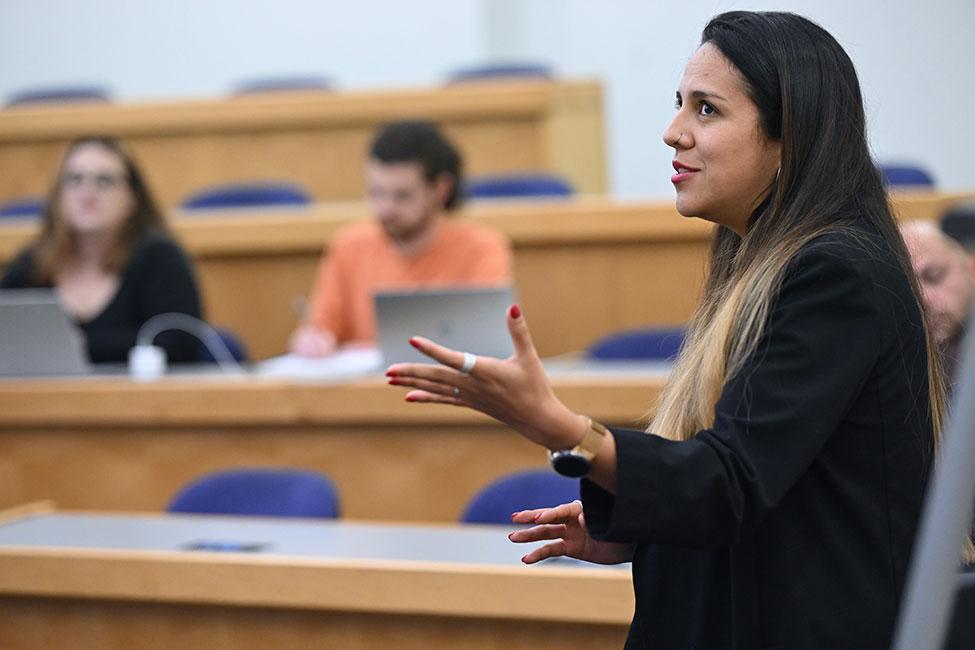
Bustos, whose work focuses on human rights, environmental, and climate change law, agrees that staying professionally involved strengthens her teaching.
“I try to stay connected to these cases. It's important for me professionally, and for my ability to teach effectively.”
In 2023, she testified in front of the Canadian Senate about global migration and climate change, and presented similar testimony in Barbados last year. She also frequently files amicus briefs, expert advice or information presented to courts by non-parties in a case.
“We recently submitted briefs before the Inter-American Court of Human Rights, a regional human rights court for the Americas, which is issuing an advisory opinion on climate change and human rights,” Bustos said. “I try to stay connected to these cases. It's important for me professionally, and for my ability to teach effectively.”
For other newcomers, like Soheyla Amirian, PhD, an assistant professor at the Seidenberg School of Computer Science and Information Systems, research is their second career.
Amirian leads the Applied Machine Intelligence Initiatives and Education (AMIIE) laboratory at Pace, collaborating with a multidisciplinary team of faculty, students, and investigators to design, build, validate, and deploy AI algorithms in various real-world applications, including public health, imaging informatics, and AI-powered education.
“In my lab, students work on real-world challenges, gaining hands-on experience in AI development."
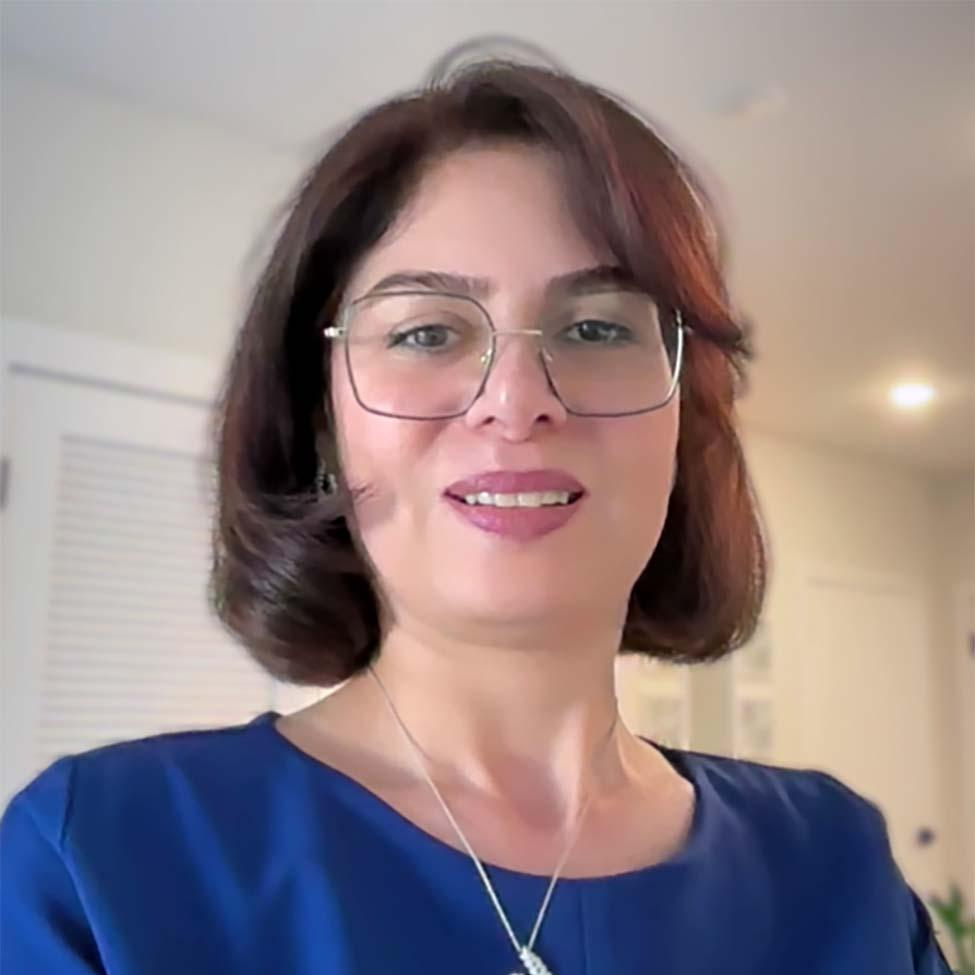
One of her projects focuses on using responsible, explainable, and fair AI to computationally analyze knee joint space in older populations, a critical factor that helps to investigate the mobility of aging adults.
“In my lab, students work on real-world challenges, gaining hands-on experience in AI development while understanding its societal impacts,” Amirian said.
Prestige Without the Ego
In the Pace academic catalogue, the emblematic faculty member is someone who can “balance academic preparation with professional experience to bring a unique dynamic to the classroom.” That’s true. But to the University’s newest full-timers, a Pace professor is so much more.
To many of these newcomers, warmth and approachability distinguish the Pace faculty. “Brilliant and humble,” Bustos said of her colleagues. “Prestigious without ego,” said D'Agostino of hers. They’re also “beautiful” (Sipos), “interdisciplinary” (Amirian), and “supportive” (Elchoueri).
To Jay Duckworth, the props master at Sands, another adjective comes to mind: exceptional.
“At Pace, you've got teachers who’ve worked with the best of the best in every aspect of their industries, right here, in the city where the future auditions.”
More from Pace Magazine
For nearly 25 years, Pace University's Elisabeth Haub School of Law has partnered with Yale University to create one of the most unique and impactful joint degree programs in the world.
Pace University’s Go-Getters are shaping the future with achievements in innovation, global advocacy, and the arts. From top rankings to Broadway stars, discover how our students and alumni inspire confidence, resilience, and real-world impact.
The days of John Gotti and The Godfather are long behind us, but organized crime has continued to evolve. A Pace student teams up with two faculty members to investigate.
Where Art Meets Activism: Q+A with Nathan Lanum
Nathan Lanum ’25 combines his passion for playwriting and activism in Pace’s BA in Writing for Diversity and Equity in Theater and Media. With guidance from inspiring mentors and involvement in projects like founding an improv club, Nathan is using his creativity to drive meaningful change.
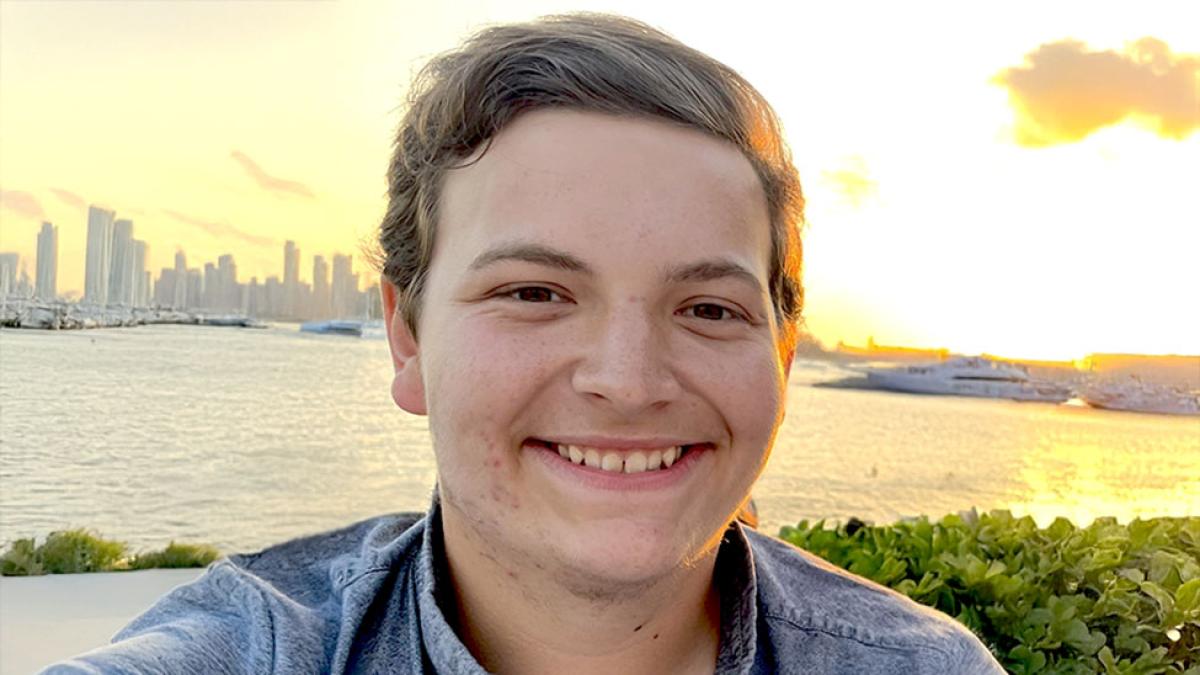
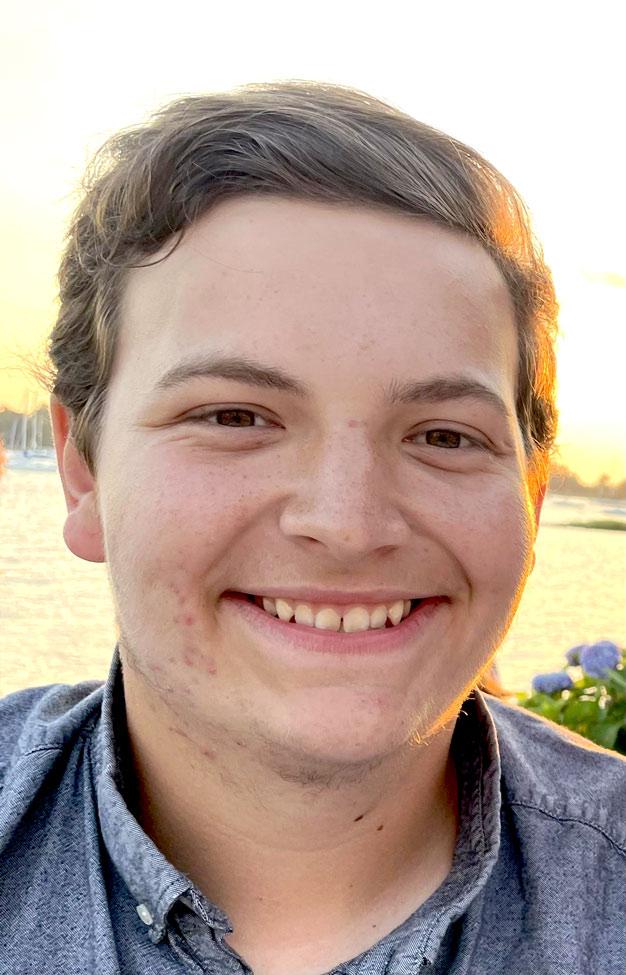
Nathan Lanum
Class of 2025
Writing for Diversity and Equity in Theater and Media, BA
How did you become interested in pursuing a BA in Writing for Diversity and Equity in Theater and Media (W4DETM)?
I had been interested in playwriting, as well as activism and political issues, so when I received an email about the WDETM program, I immediately knew it was something I was interested in. Upon meeting the program director, Assistant Dean S. Brian Jones, and learning about the program’s vision, I was fully on board.
Why did you choose to attend Pace?
Originally, I decided to come to Pace to see what my life would look like in a totally different environment, thinking New York would be a good place for that. I am from Kirkland, Washington, a suburb of Seattle, and I started saying things like "when I'm in New York," instead of "if." At some point, it just hit me that there's really nowhere else I'd rather be. And now that I'm here, and at Pace, I have so many things keeping me here.
What have your experiences been like in this program? What faculty have been instrumental in your academic journey?
Assistant Dean Jones and Colby Hopkins, program coordinator, are two people I always look forward to seeing and working with, not only because their knowledge and wisdom are so valuable, but also because they are just wonderful people. I love Colby's willingness to work with us and meet us where we are at with things such as service projects and social justice workshops, and Dean Jones's incredible ability to brighten a room, capture its attention, and teach. I look up to them not only as mentors in this program, but as people as well.
There have also been other incredibly helpful Pace professors along my academic journey. I would be remiss to not include professors Molly Rydzel and Becky Scott, from the Film and Screen Studies department as instrumental in how I think of and shape stories, as well as Beto O'Byrne for his incredible teachings in both playwriting and critical race theory.
I love [Program Coordinator] Colby Hopkins's willingness to work with us and meet us where we are at with things such as service projects and social justice workshops, and Dean Jones's incredible ability to brighten a room, capture its attention, and teach. I look up to them not only as mentors in this program, but as people as well.
What kind of research and/or activities have you been engaged in as part of this program and how have they been meaningful to you?
This program has me interested in all kinds of research, all the time, about so many different things that it can be difficult to just pick one. As of late, I've been researching a lot about topics related to the "manosphere," which are not particularly fun, but important to me. This research has led to wanting things to change in regard to how men treat each other and others, and so I've been working hard at combining my passion for both this research and creating something out of it artistically. I hope to share this work within my program when it's ready.
What other activities or organizations are you involved in at Pace?
I am a co-founder and president of Pace's improv club on the New York City campus, Setters Unscripted. Through this role, I help decide where we play improv games and prepare for our shows which occur every few months. It's been a lot of fun creating this club and seeing it grow and change over time. I really love doing it; it's something I have a lot of passion for, and I think it sort of ties into my passion for writing and thinking creatively. I also try to be as active a member as possible of Setter Stage, the theater club on campus.
What would you like to do upon graduation/what are your career goals?
There are so many paths to take that it can be difficult to choose, but I think I would like to stay in New York and be a musical theater writer for a time, picking up opportunities where I can, before eventually moving on outside of New York wherever the wind may bring me. One thing I love about my program is the versatility it equips me with, so if I end up doing something I may not enjoy, I have the ability to switch to something else.
What advice would you like to give to our current students?
Both within and outside of college life, I’ve discovered that attitude will make or break an experience. If I go into a class excited to take it, I'm more likely to enjoy it, but if I go into a class expecting to hate it, I probably will. Sometimes your expectations can feel out of your control, but when you don't know what to expect, I find the safest option is always to err on the side of positivity, rather than negativity.
